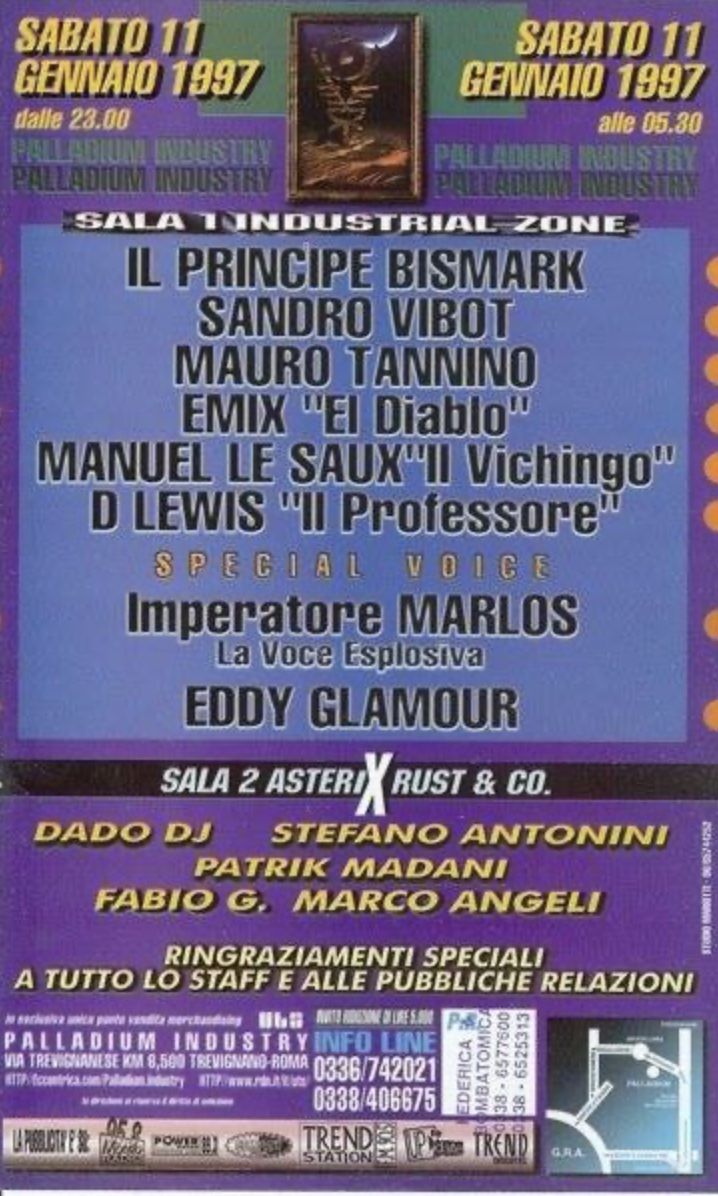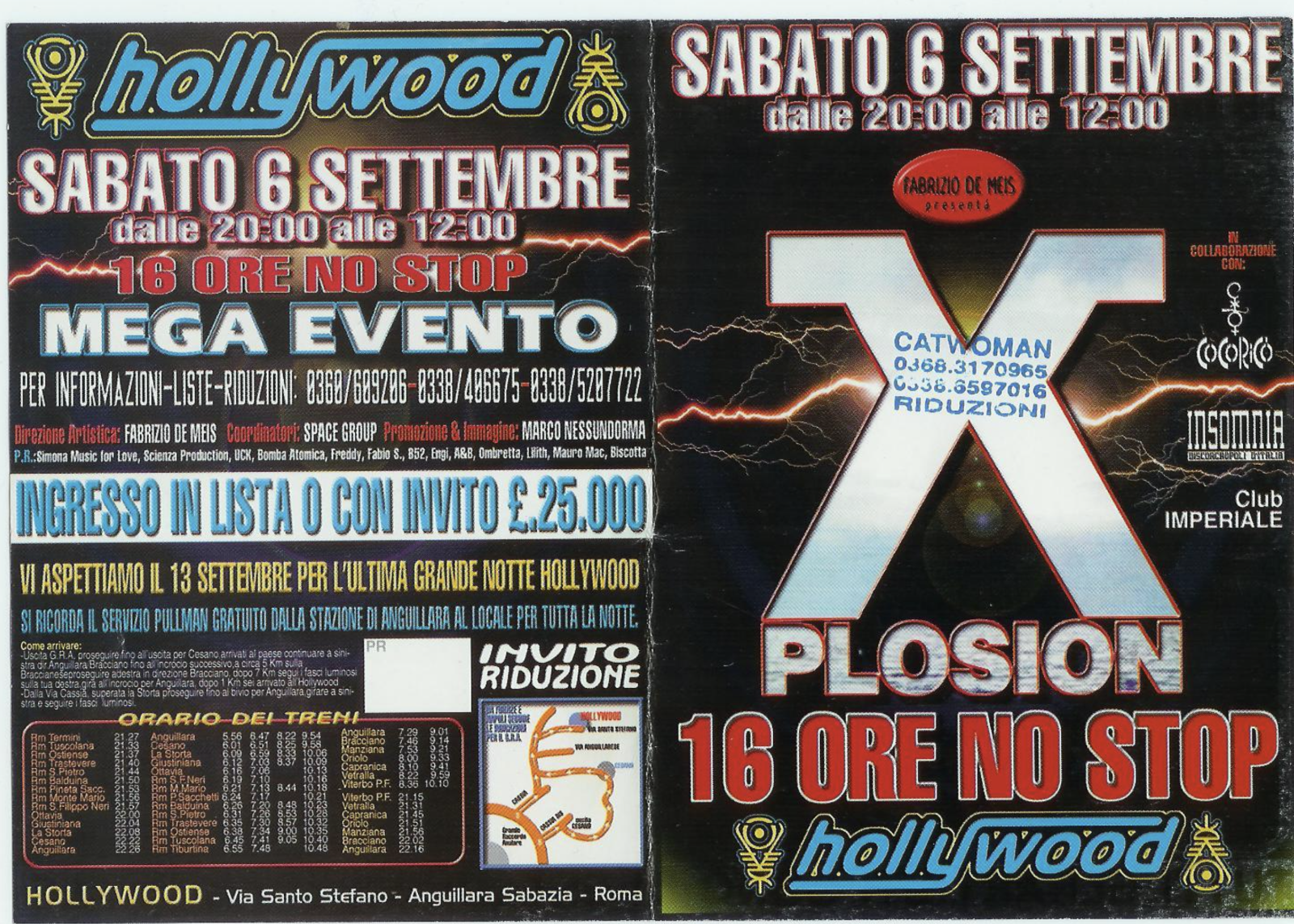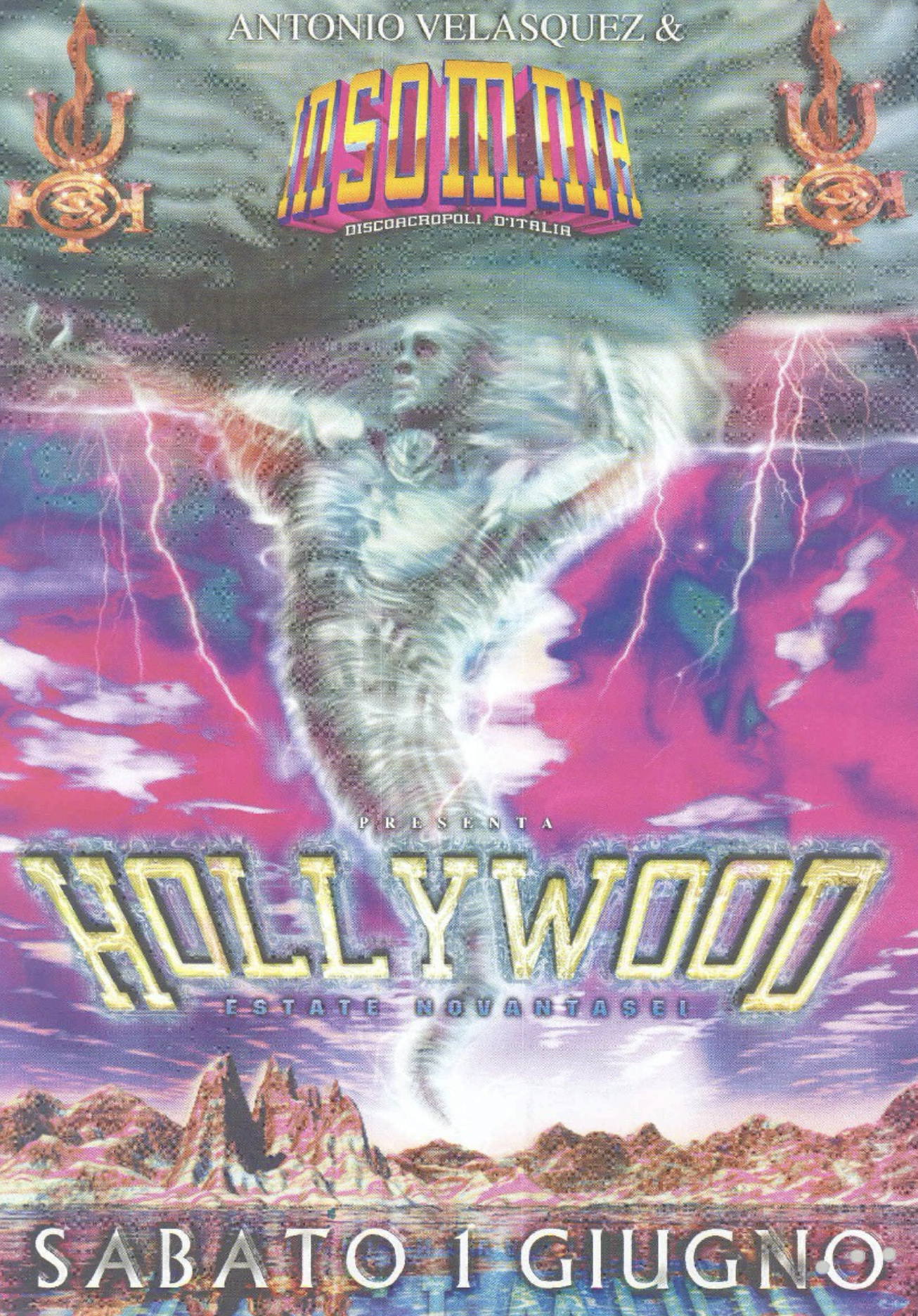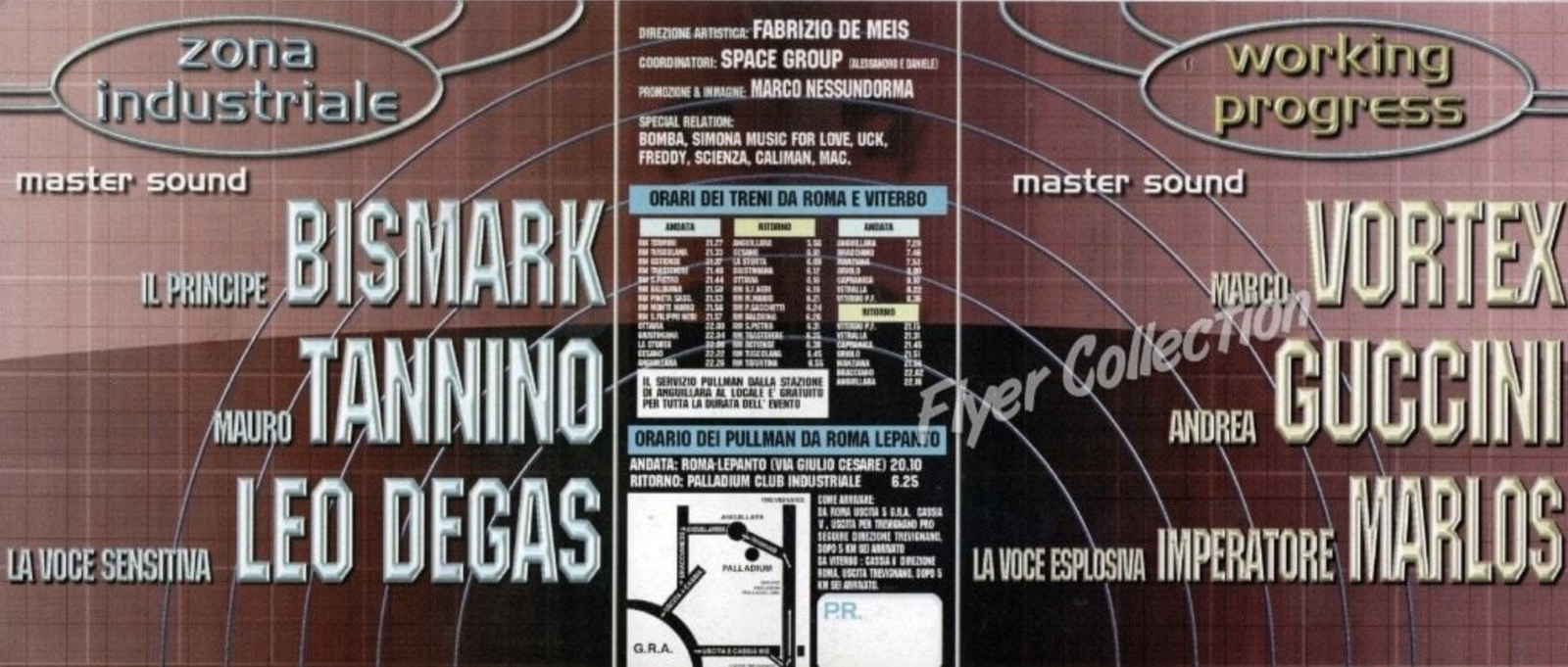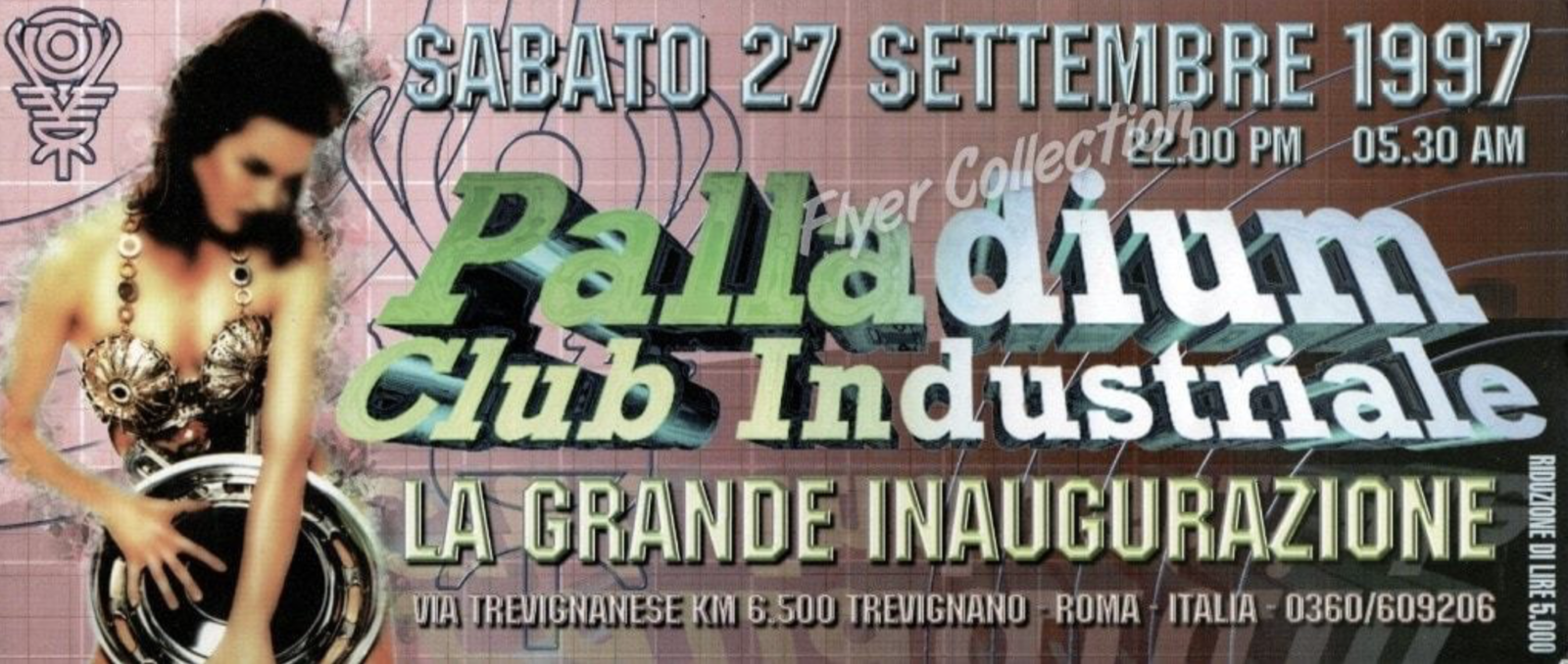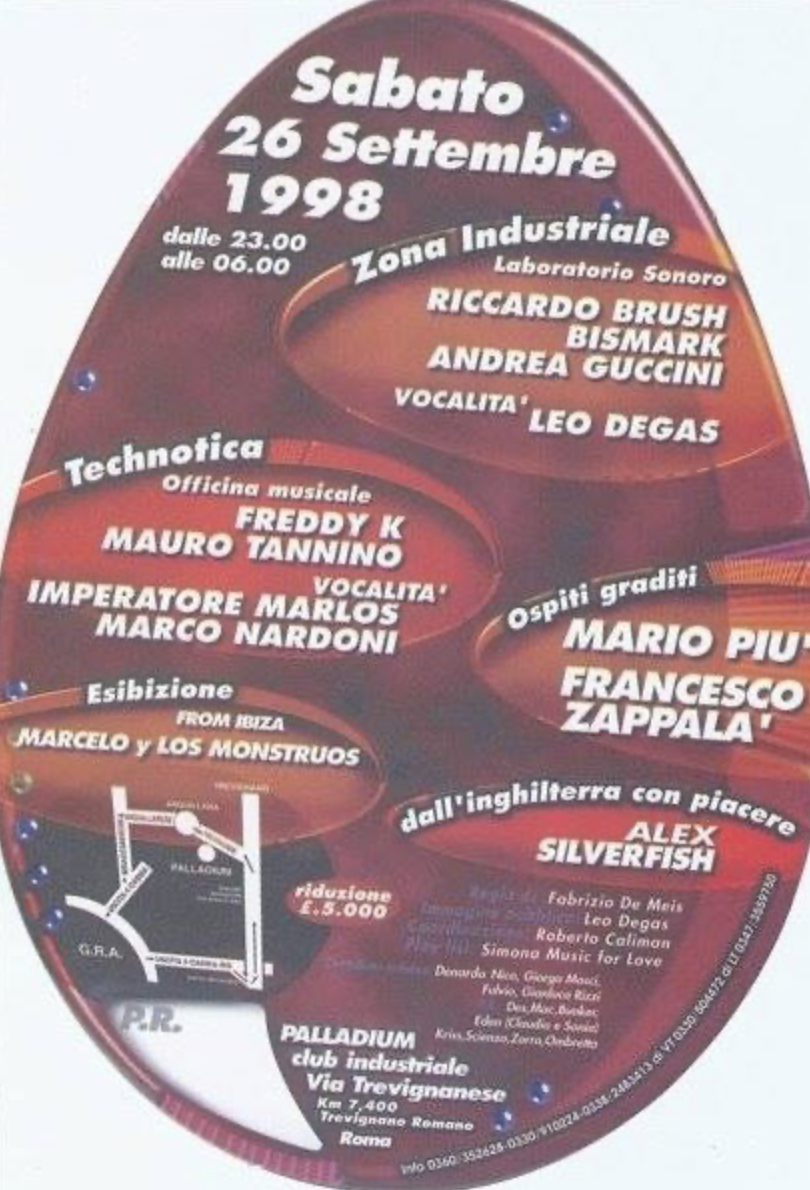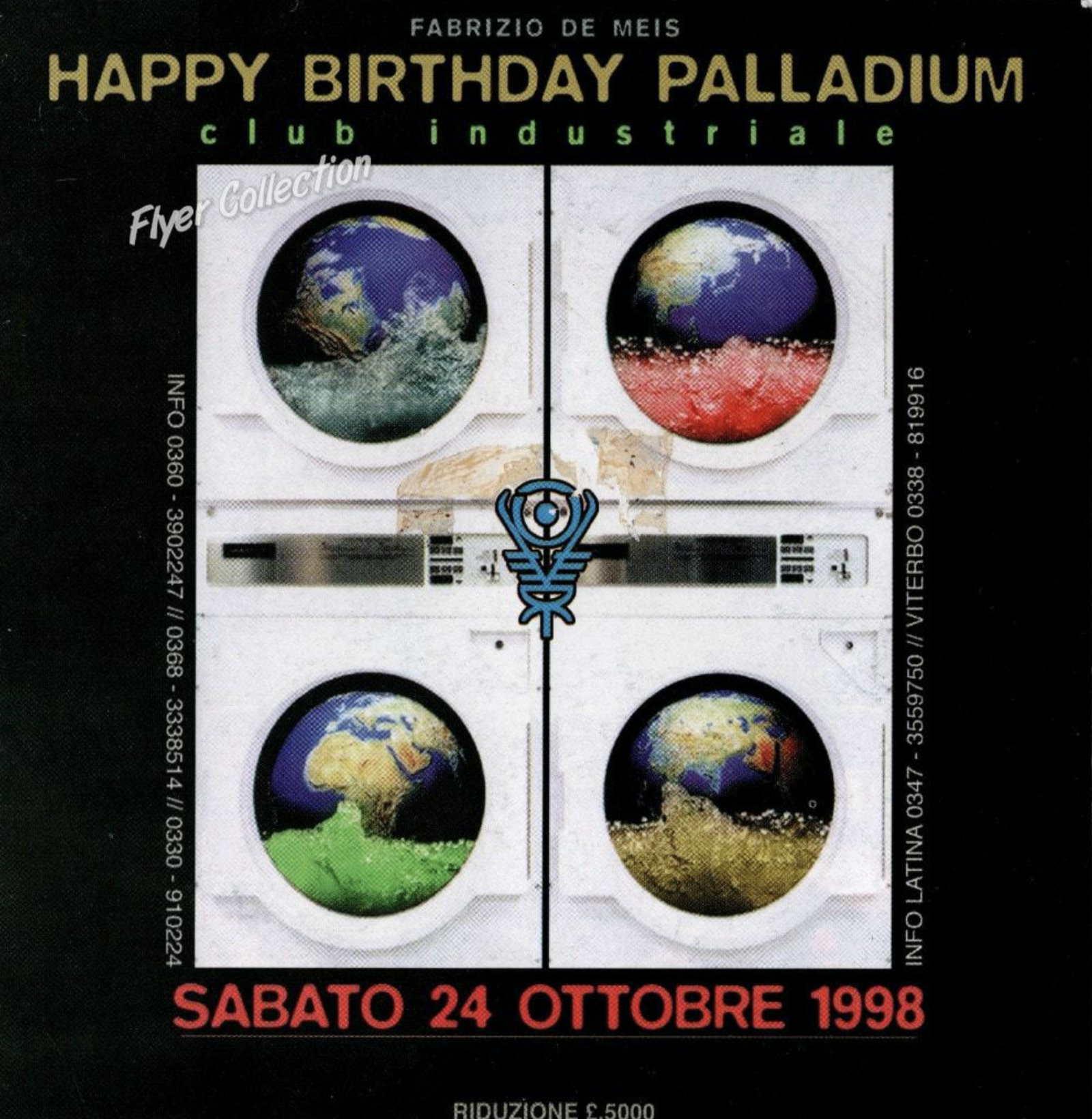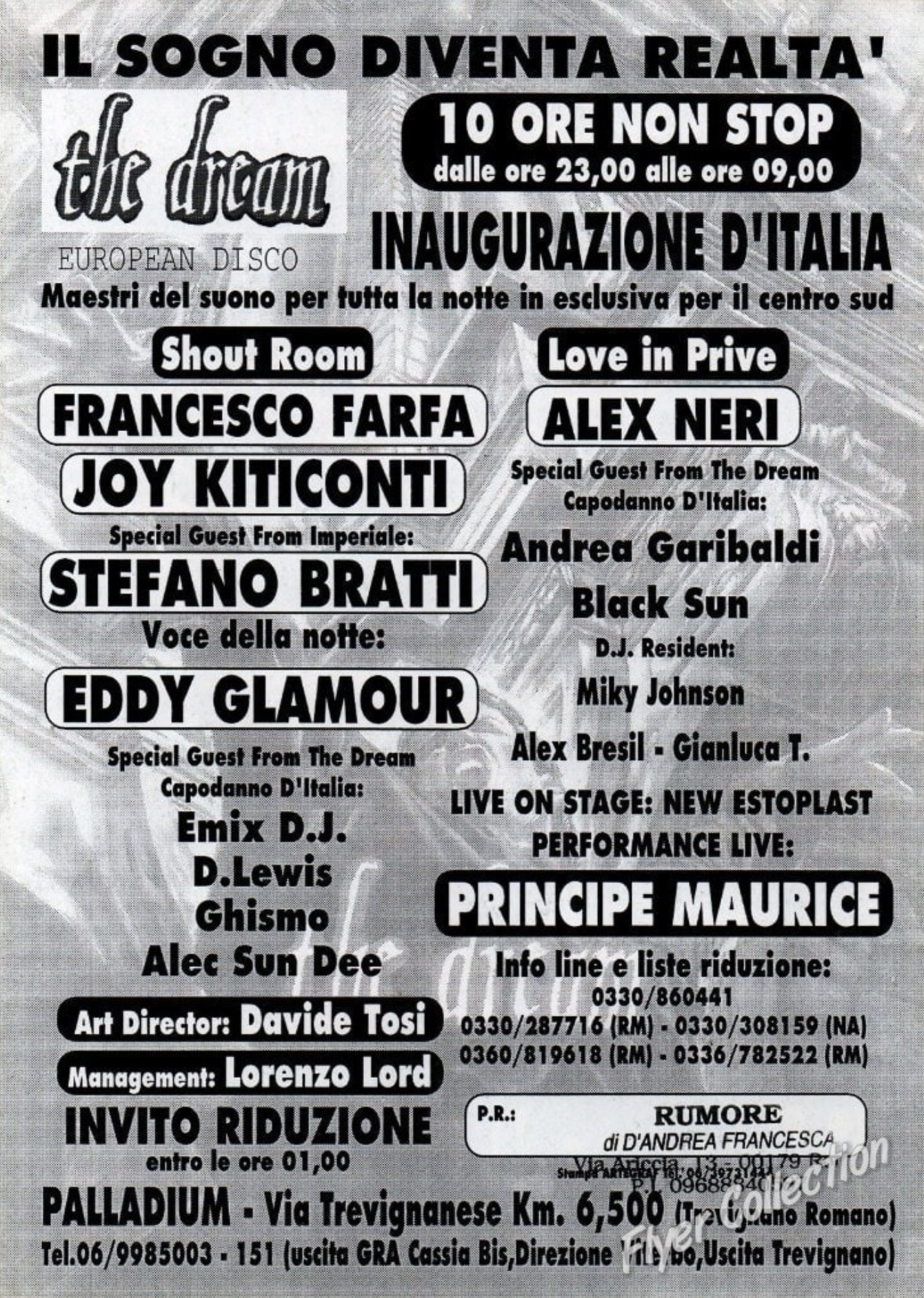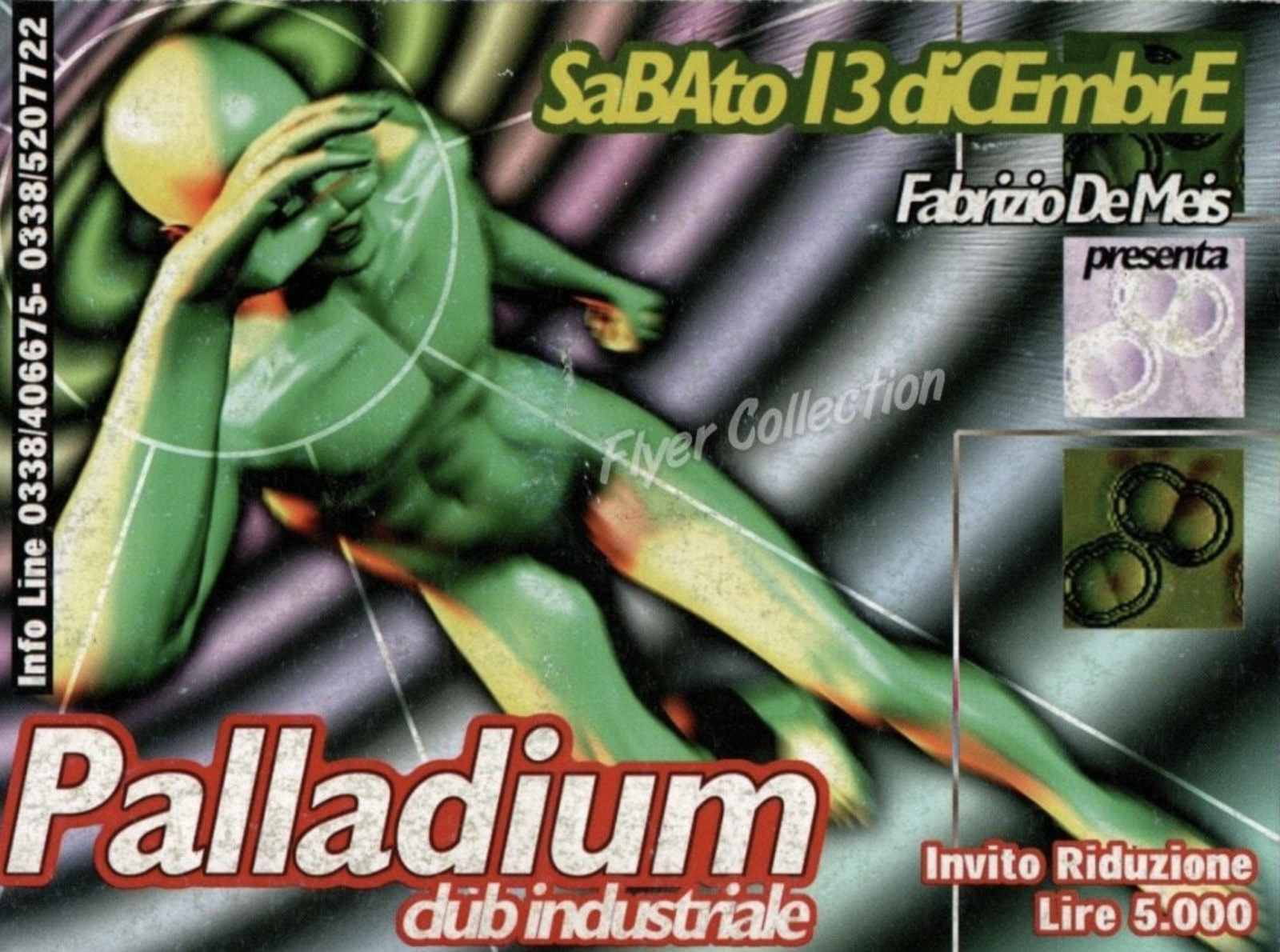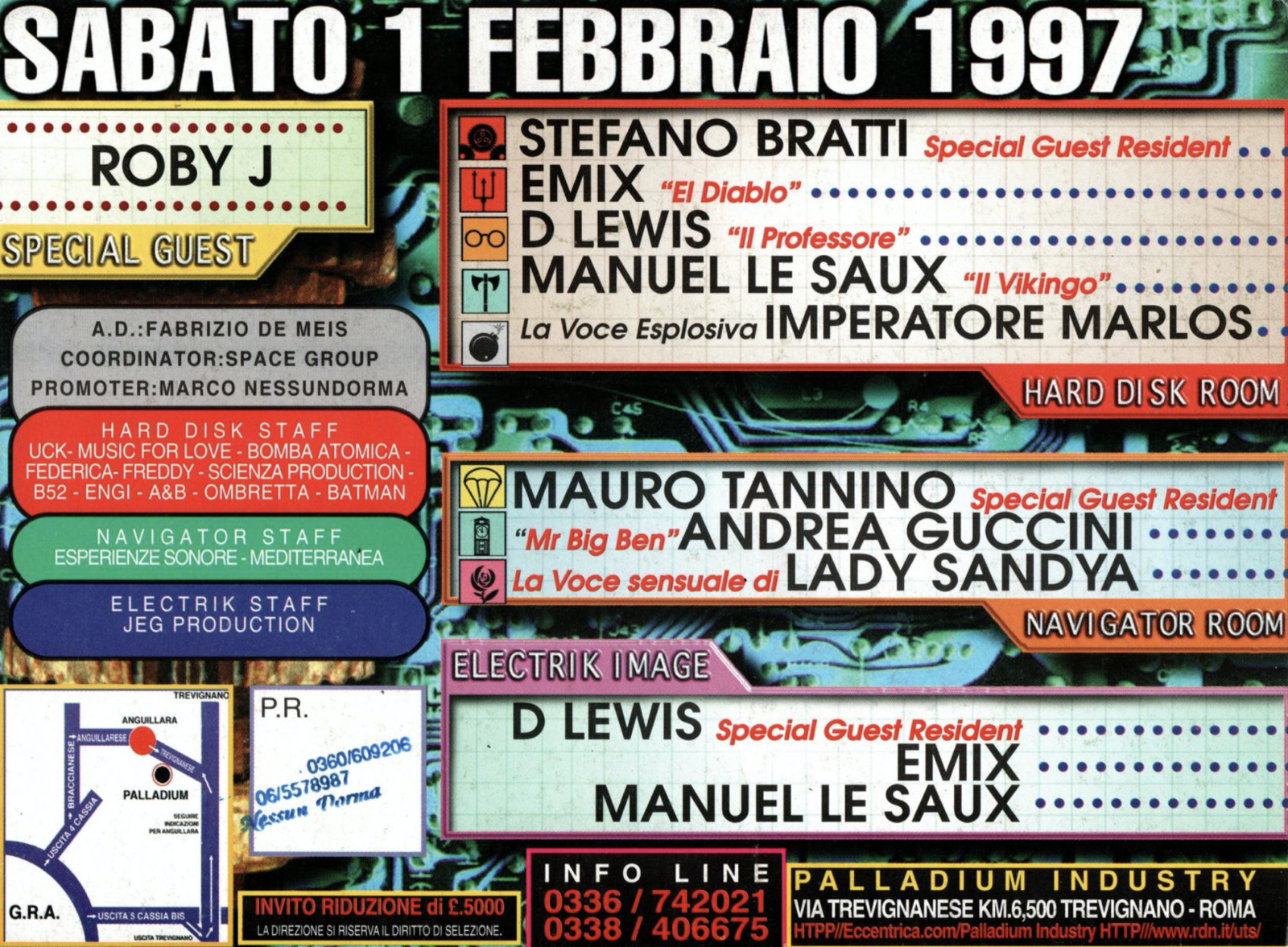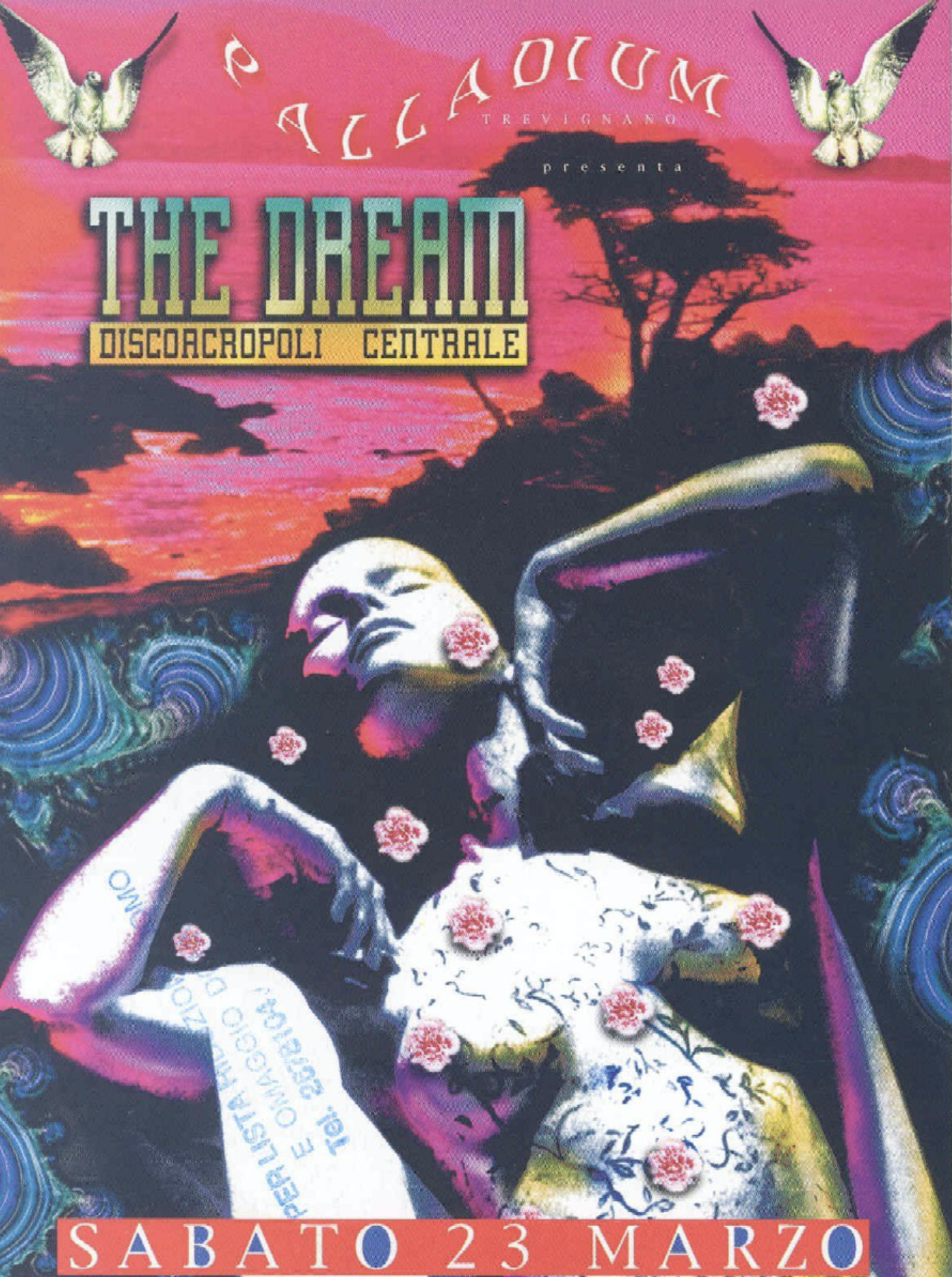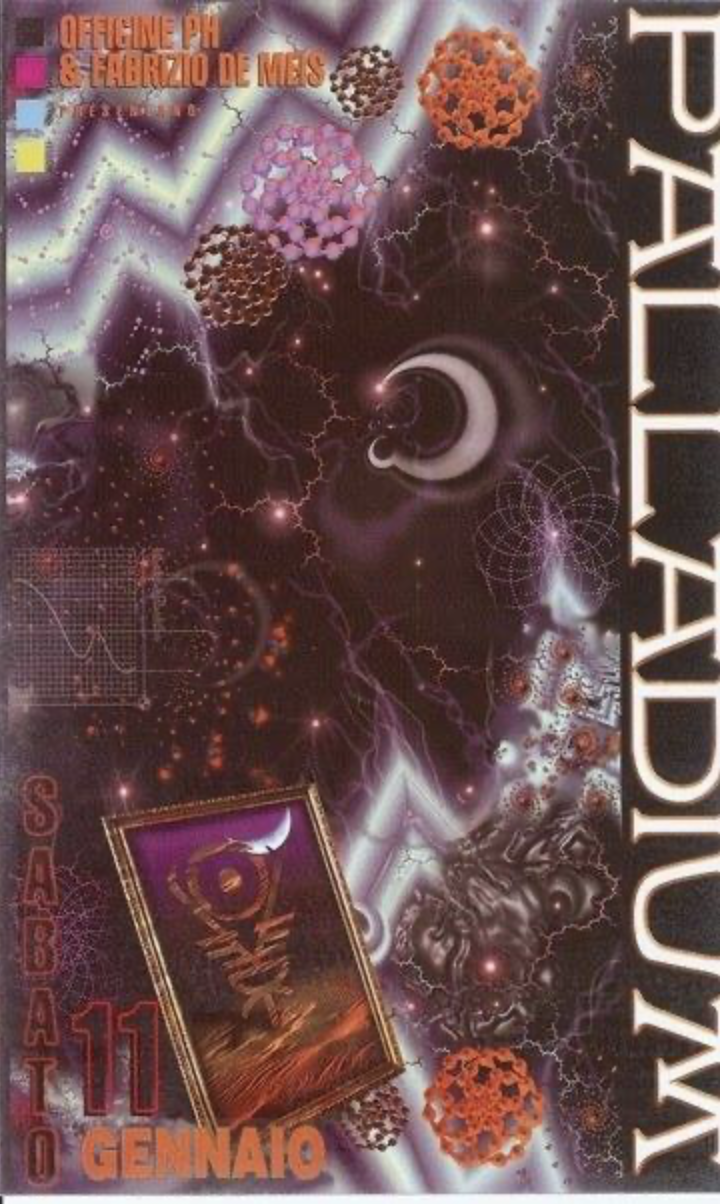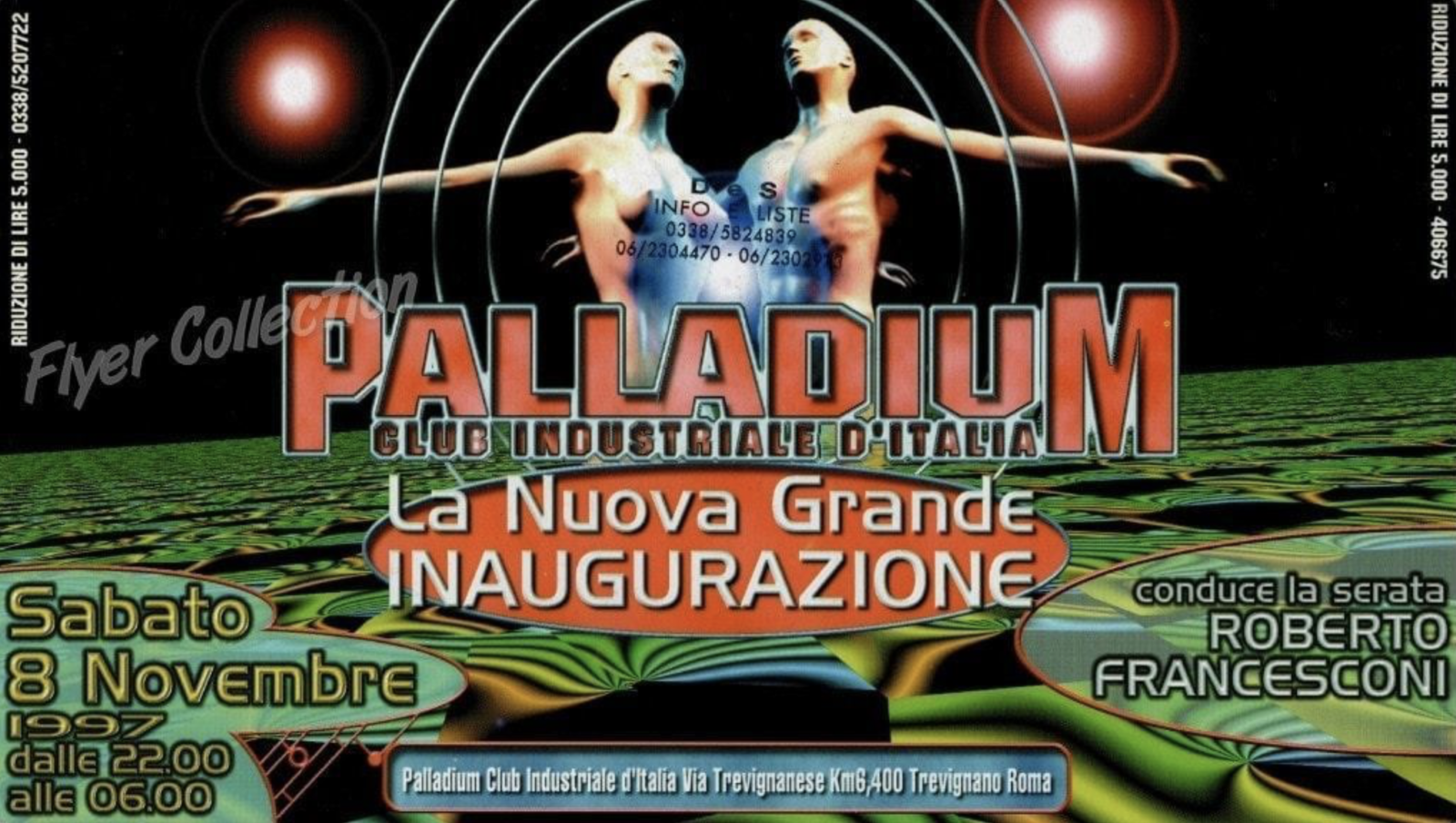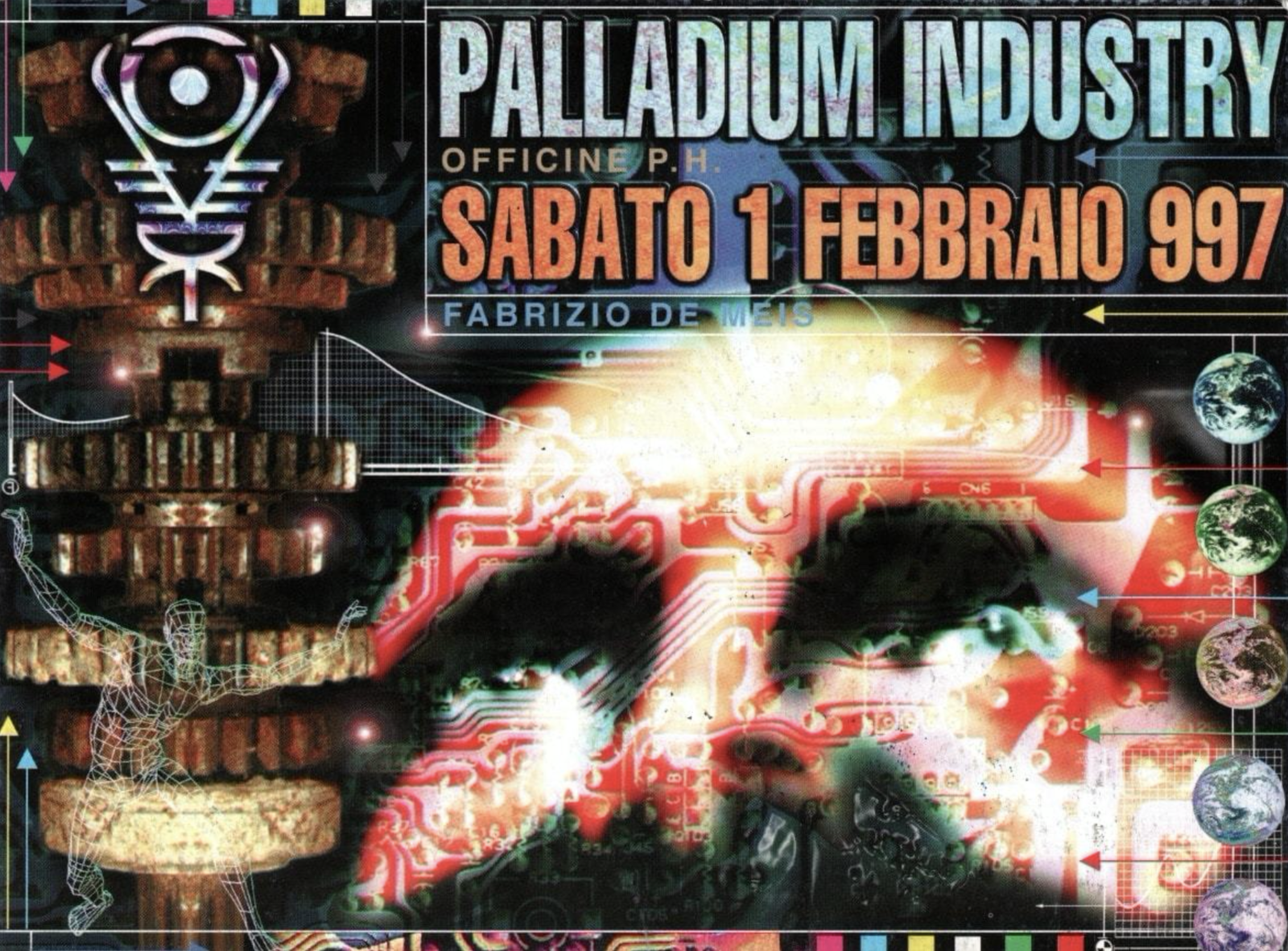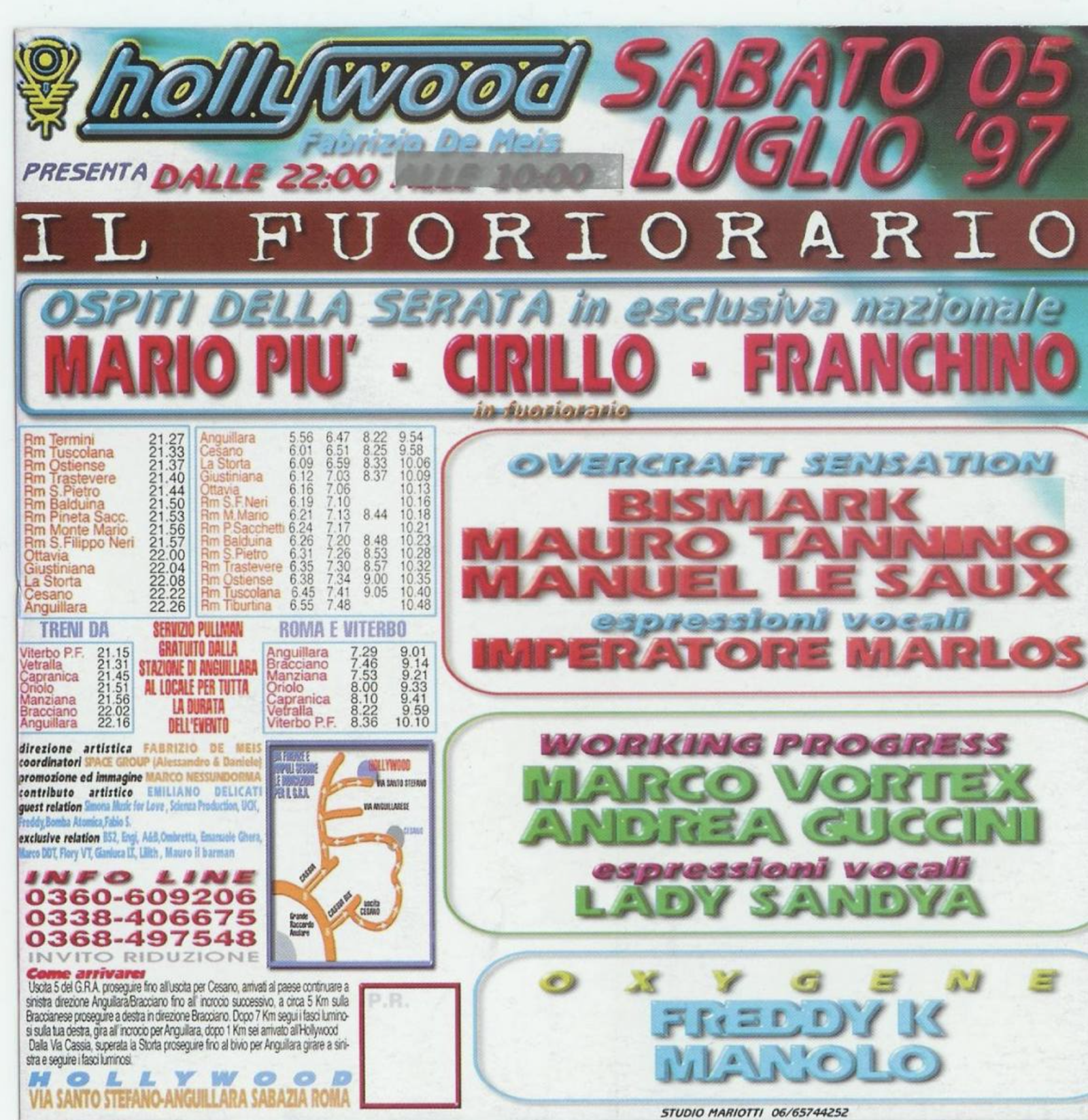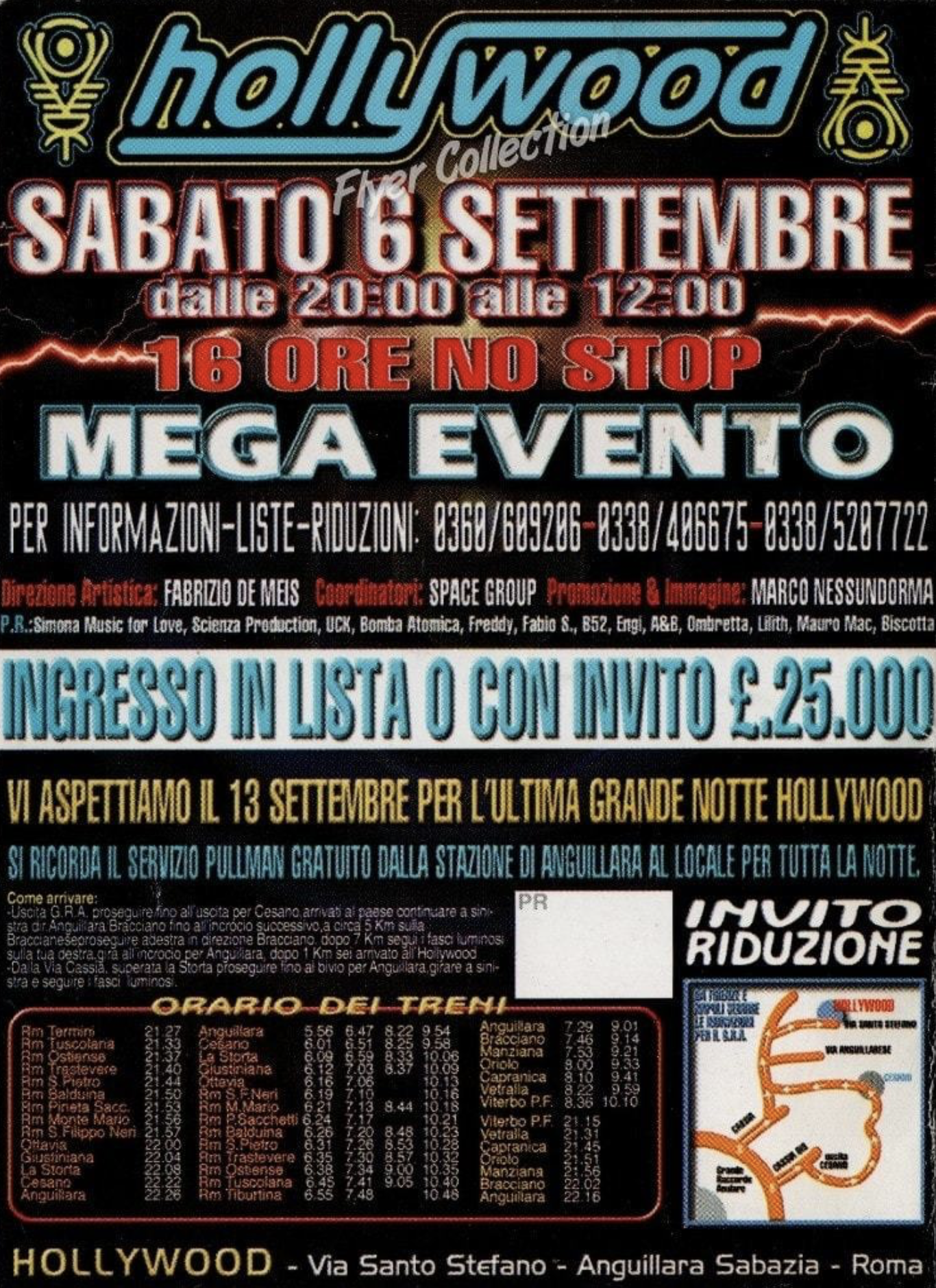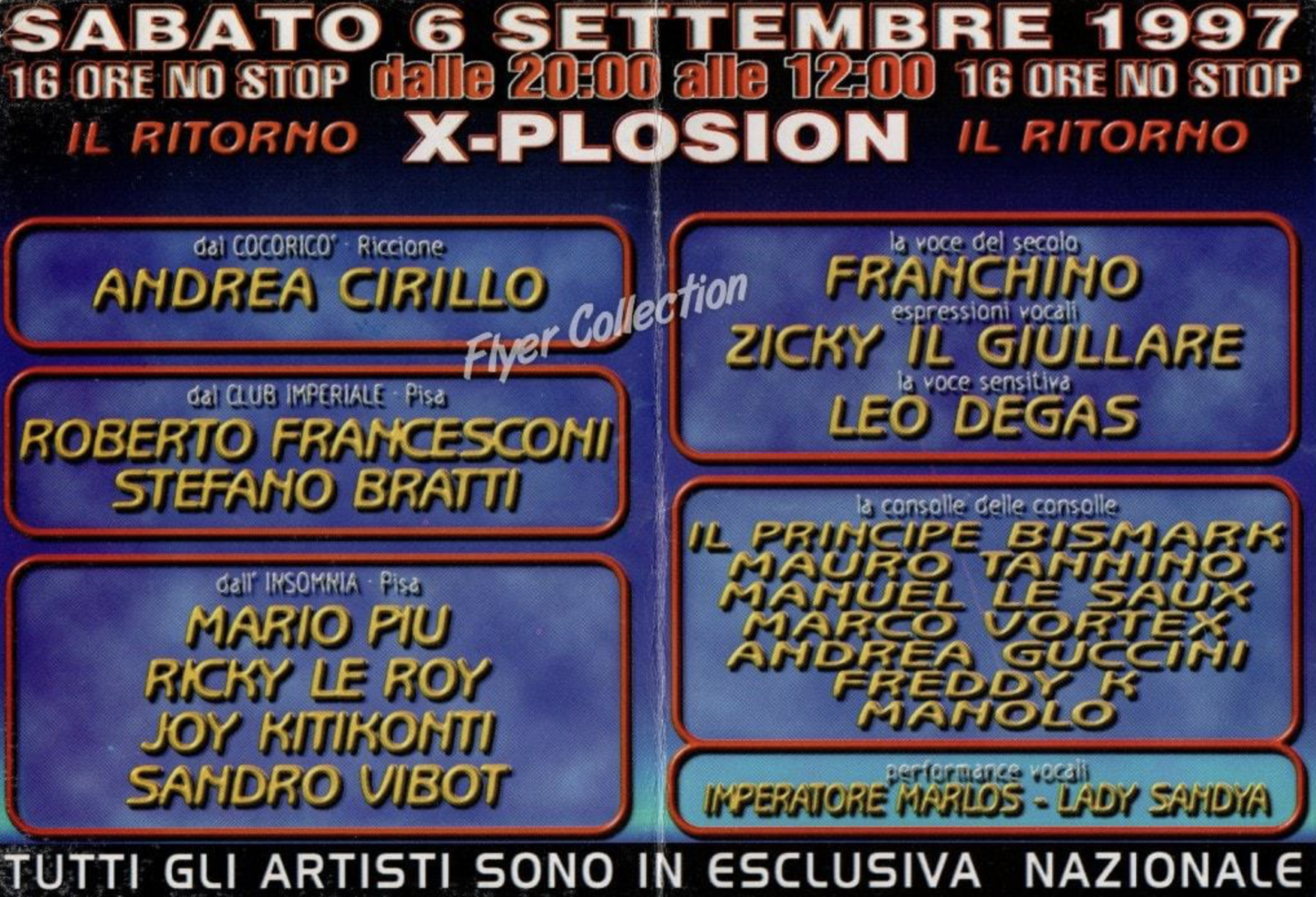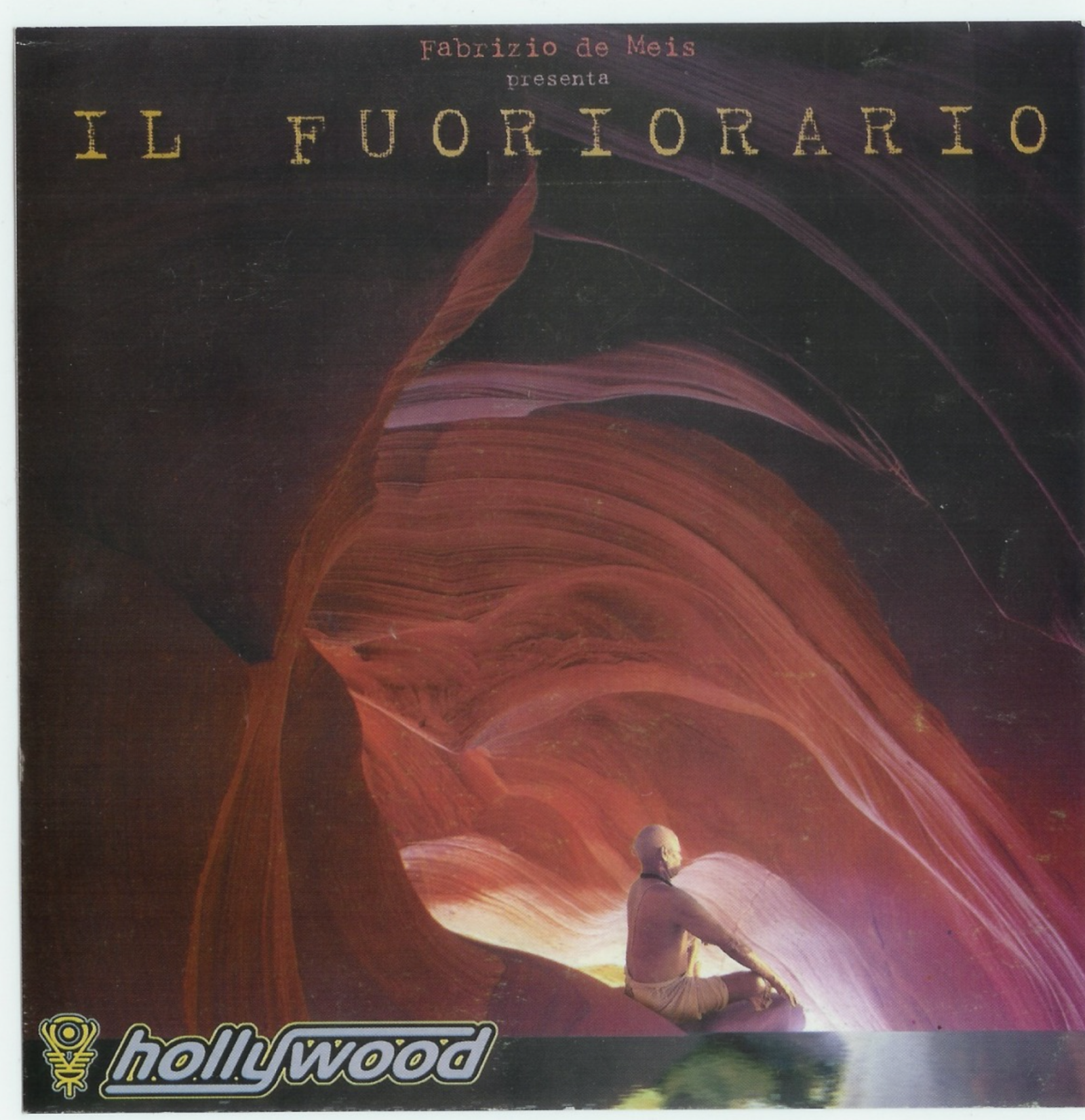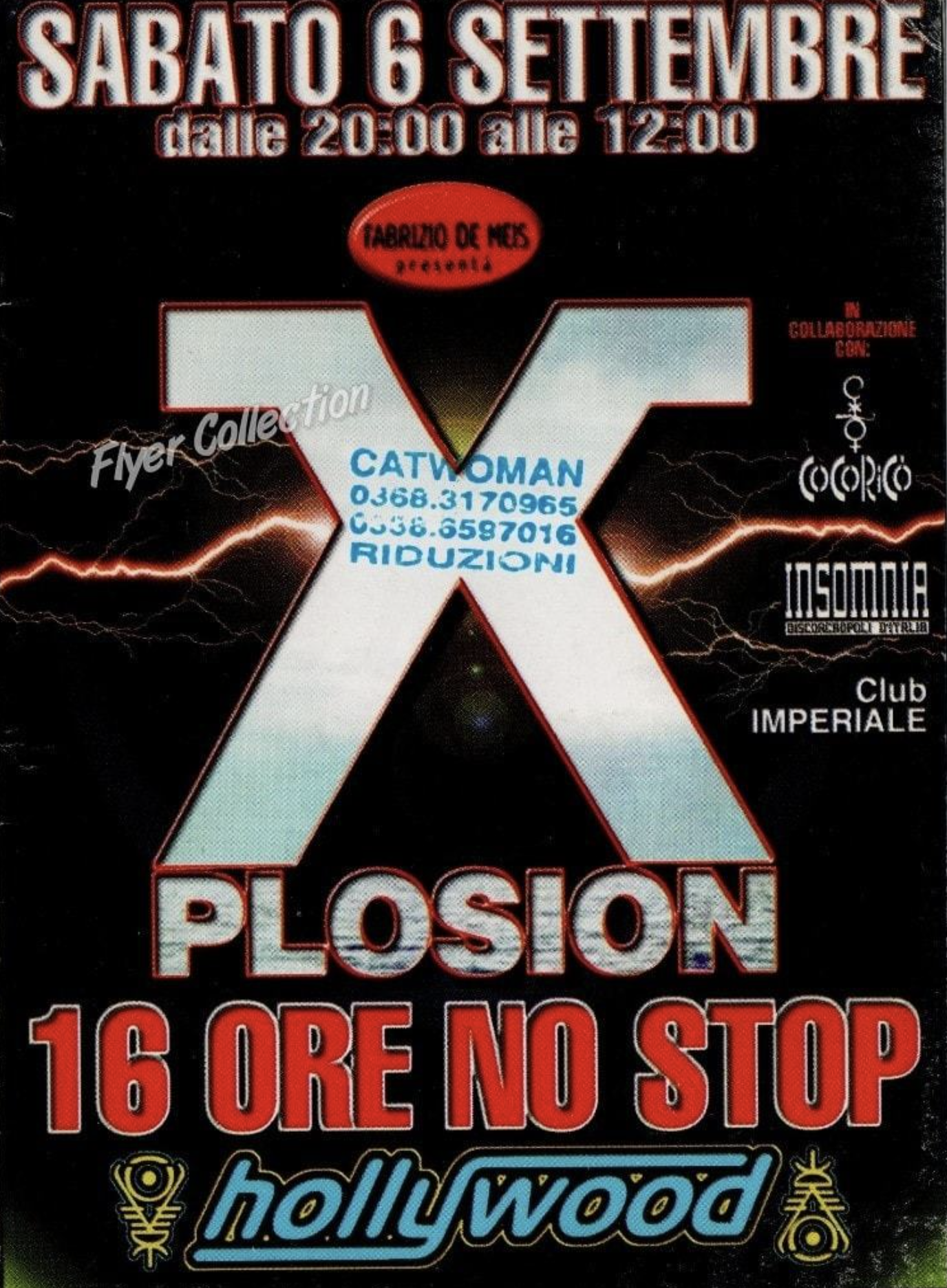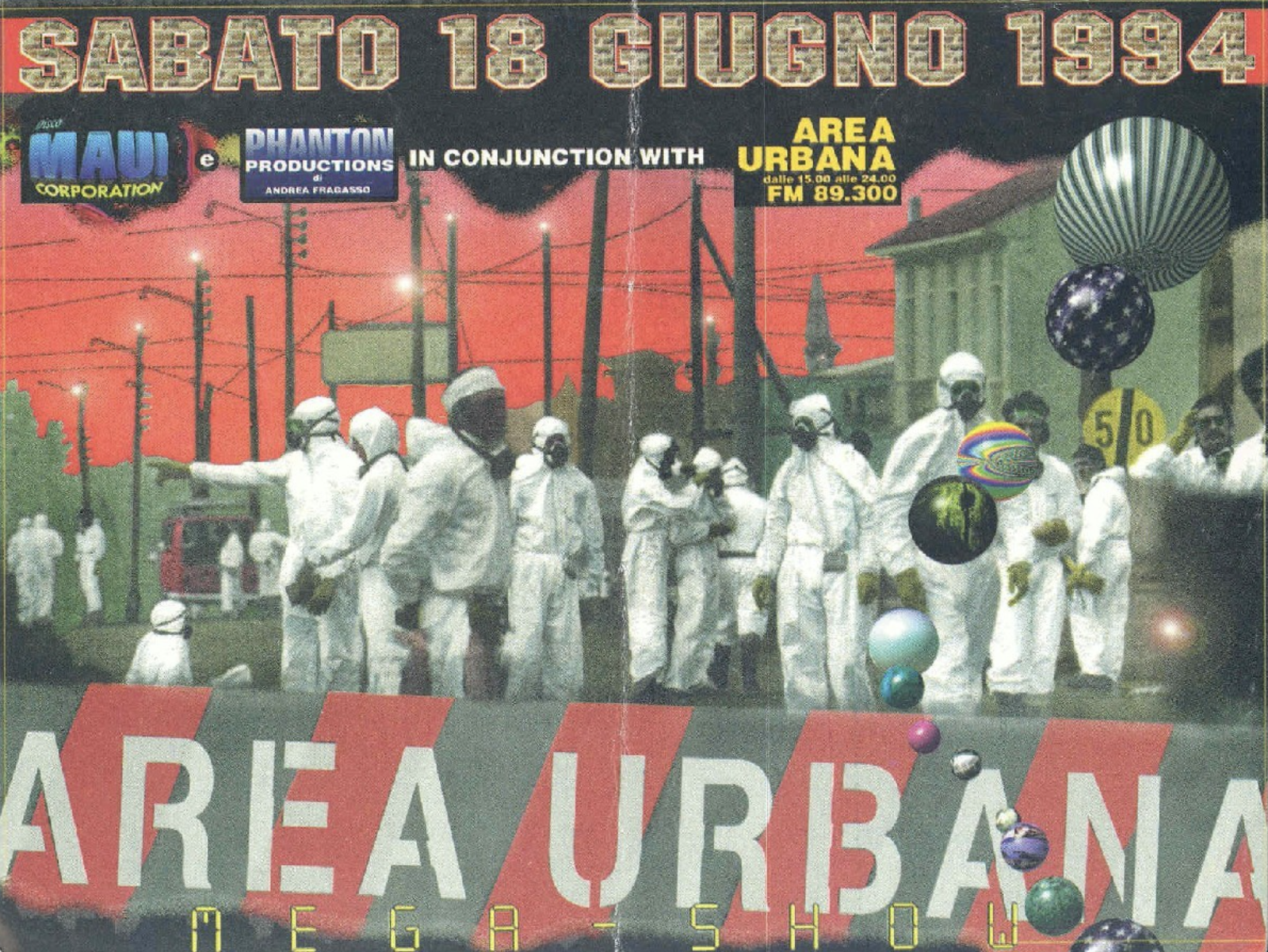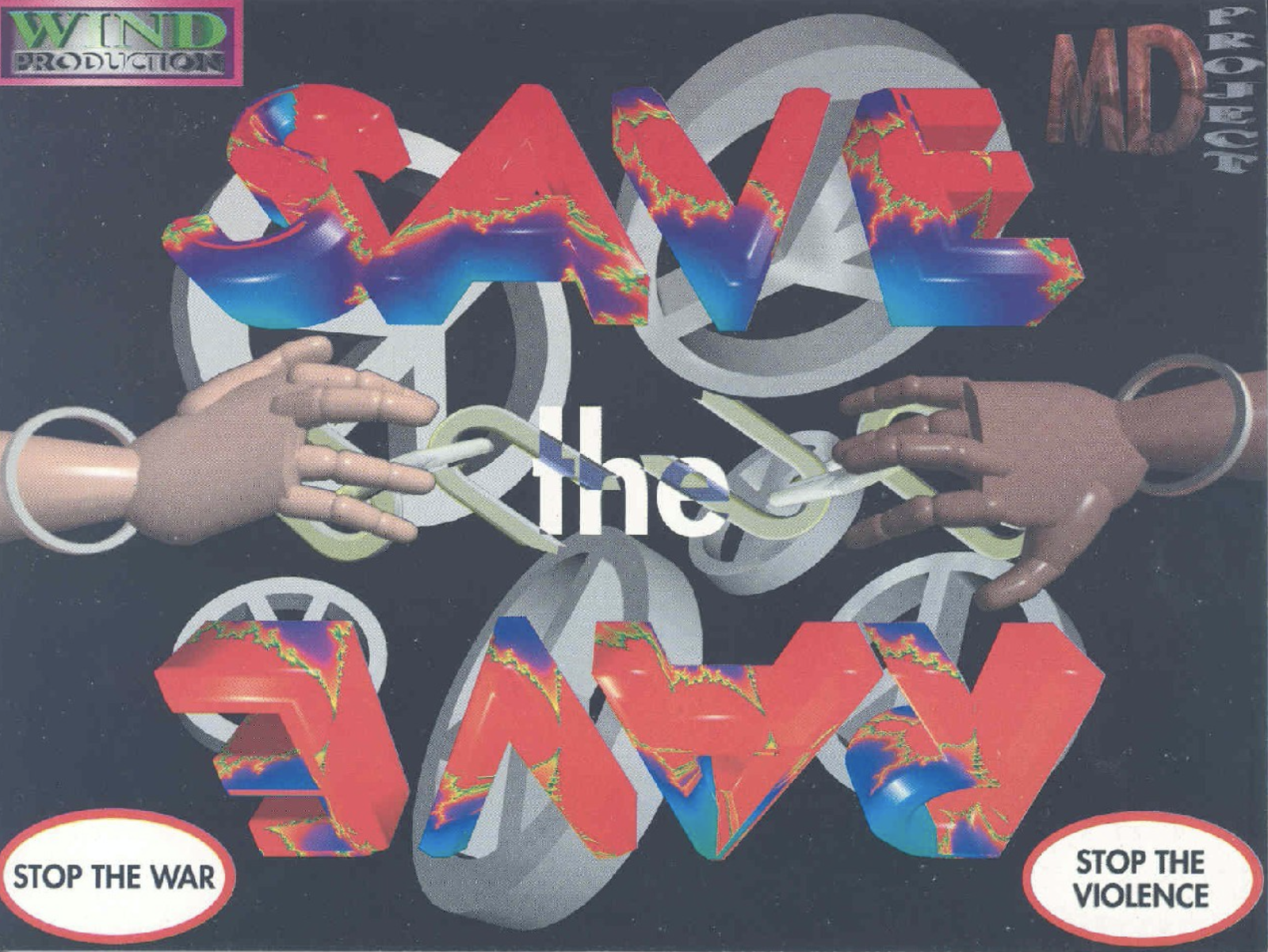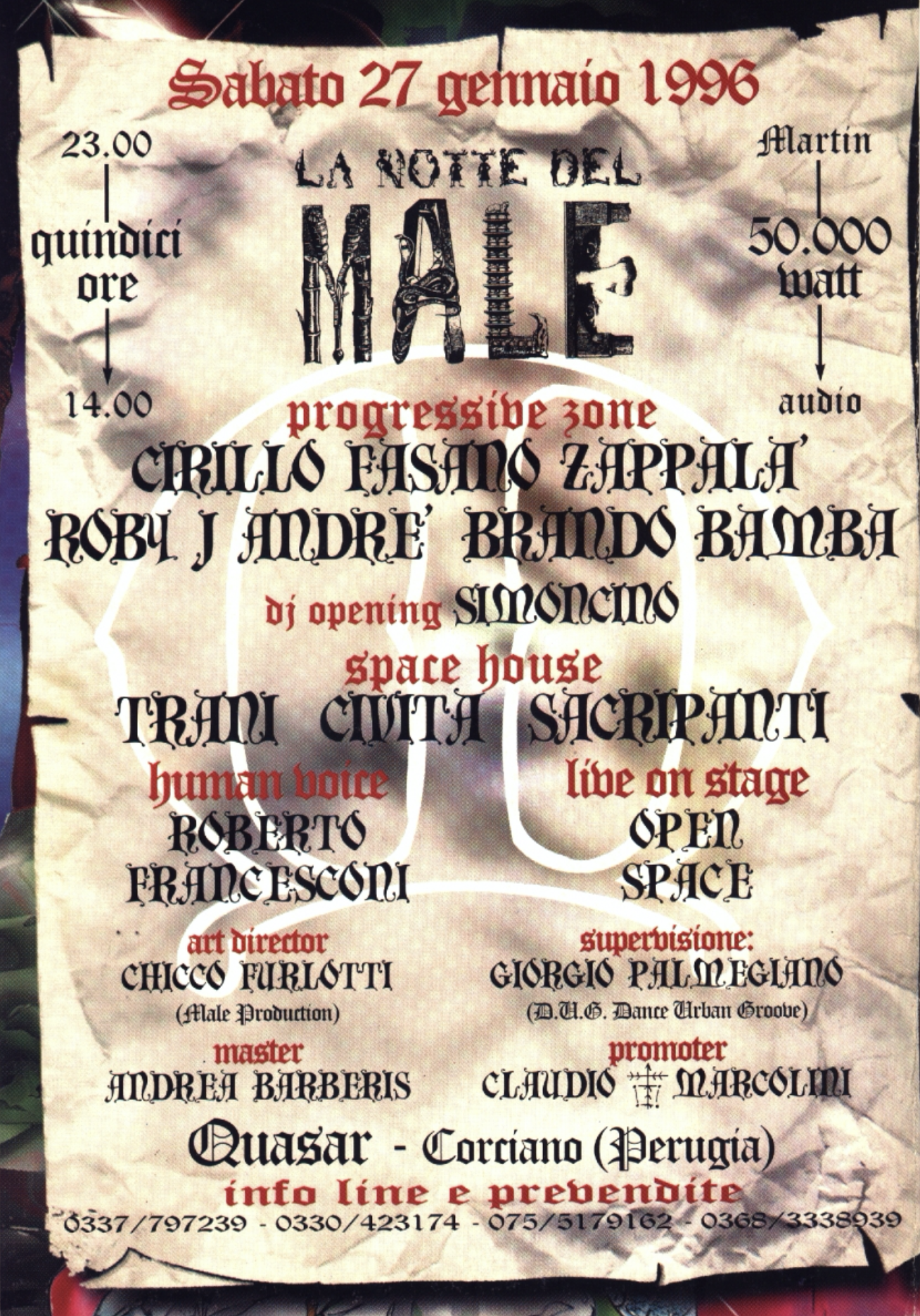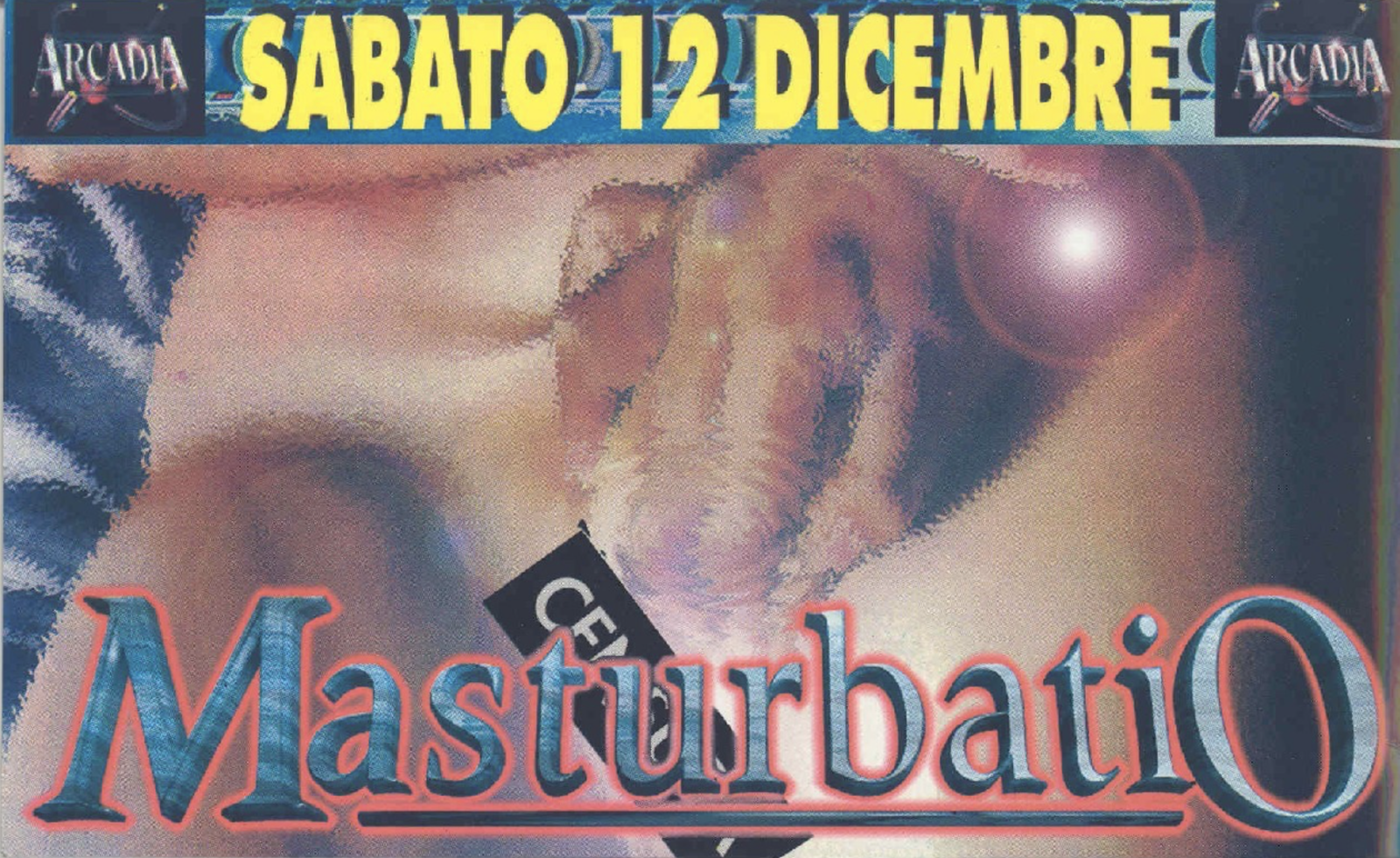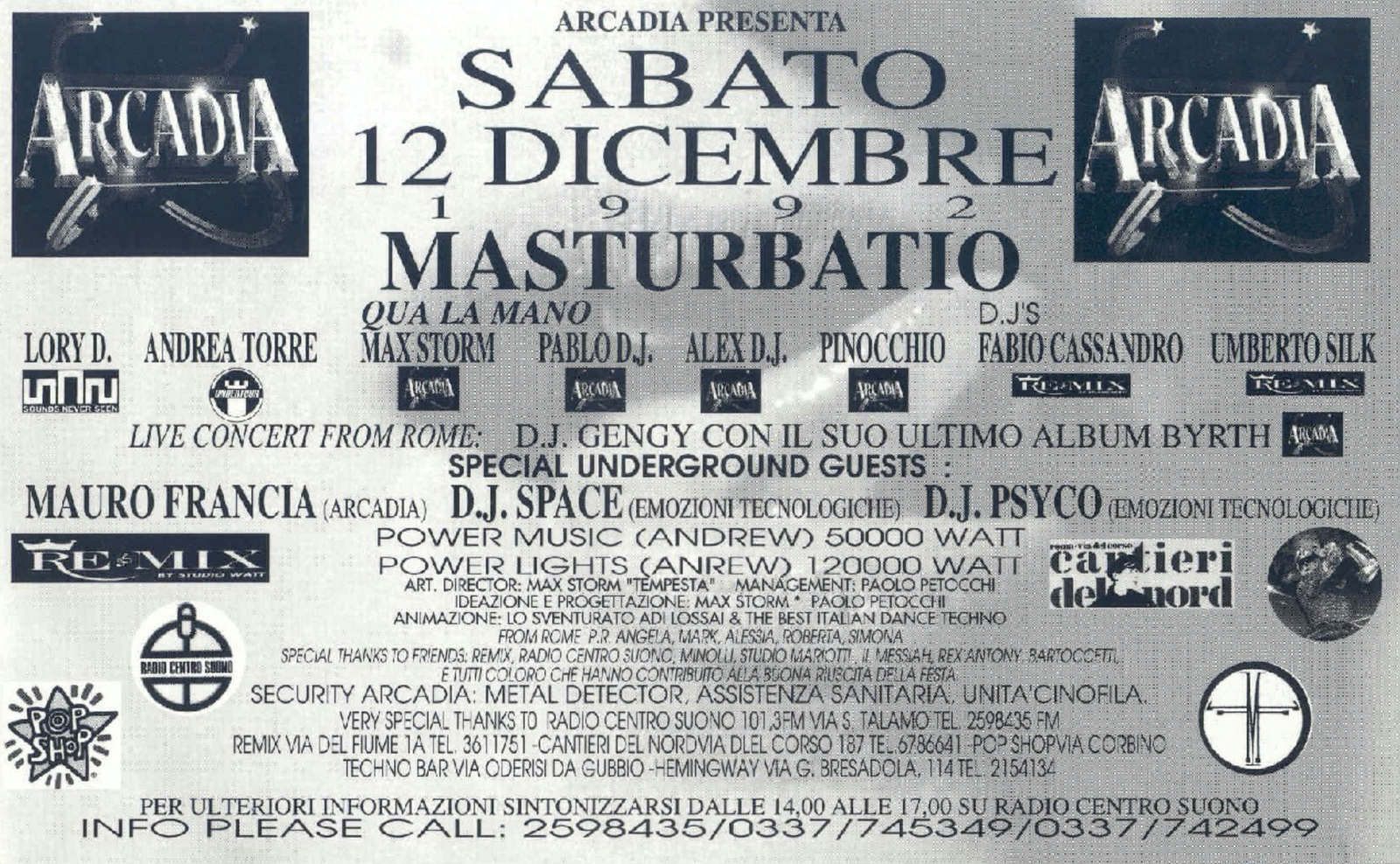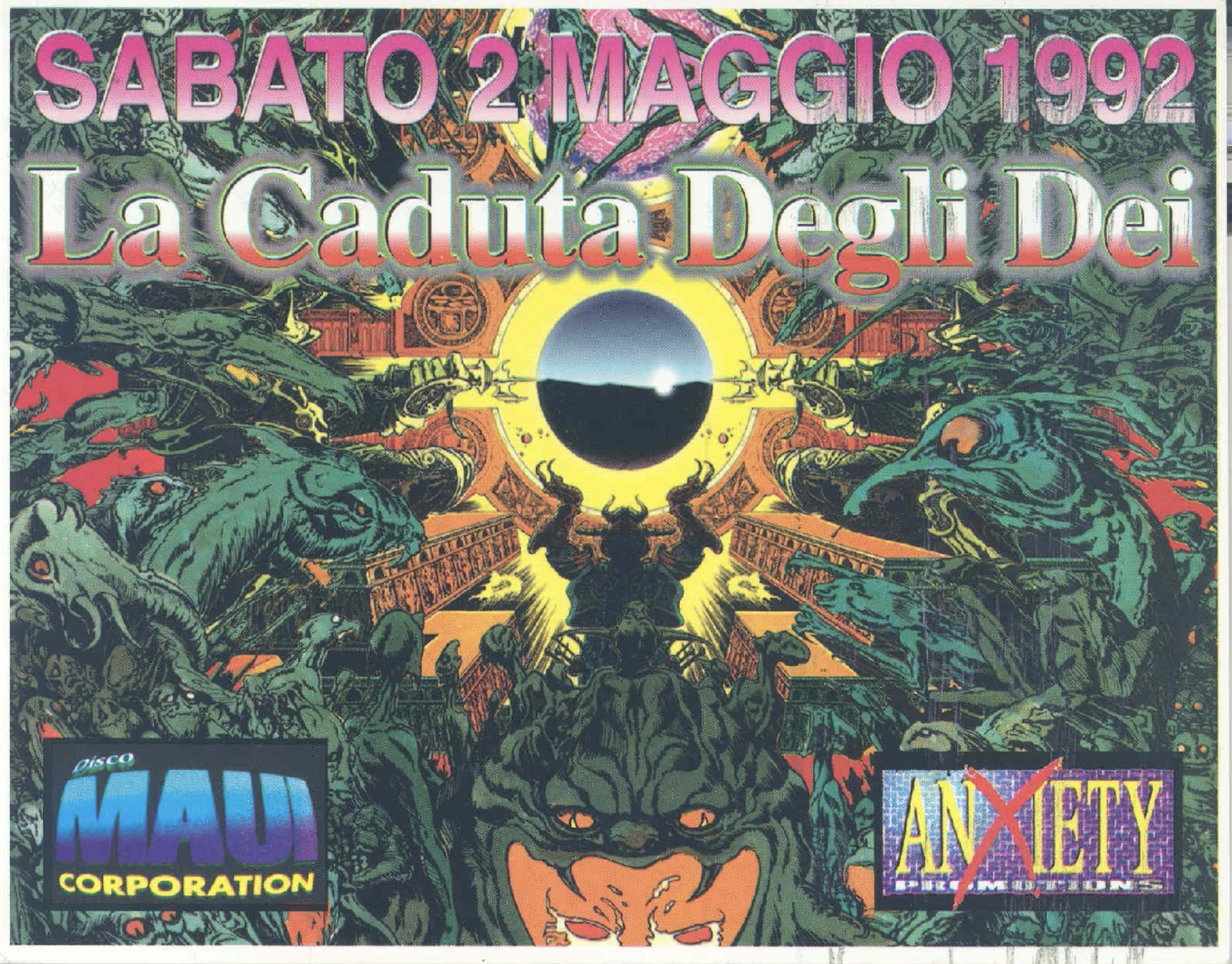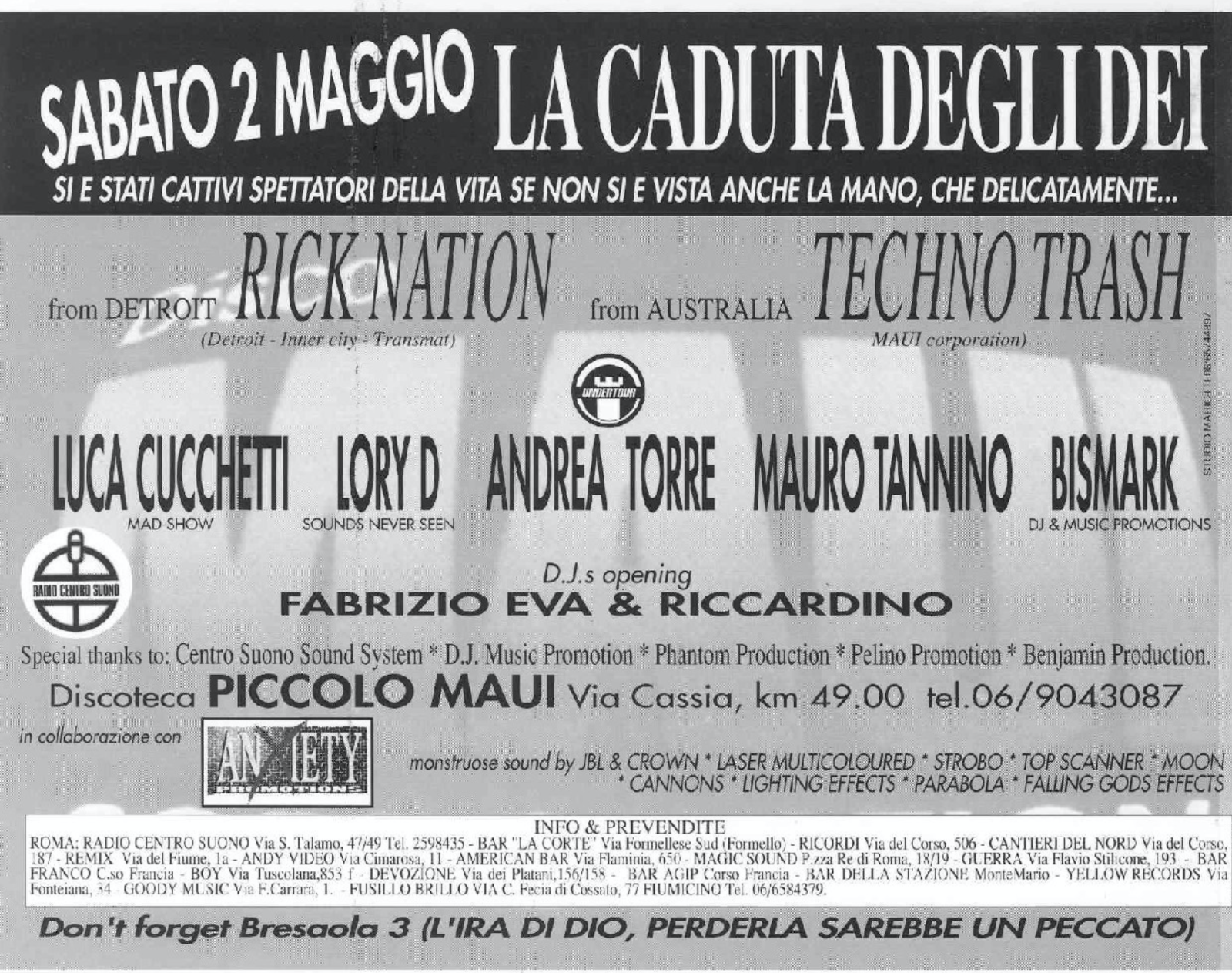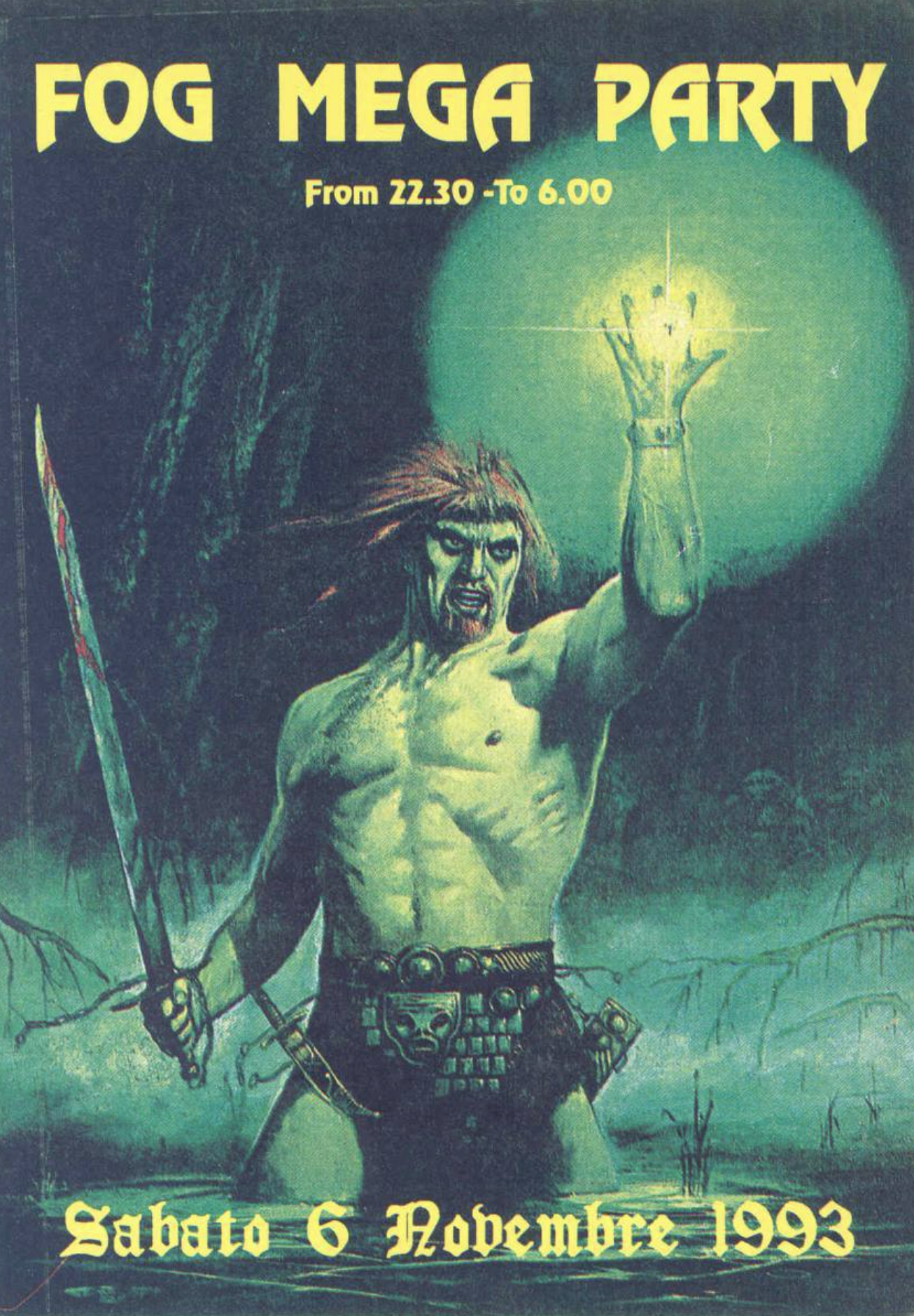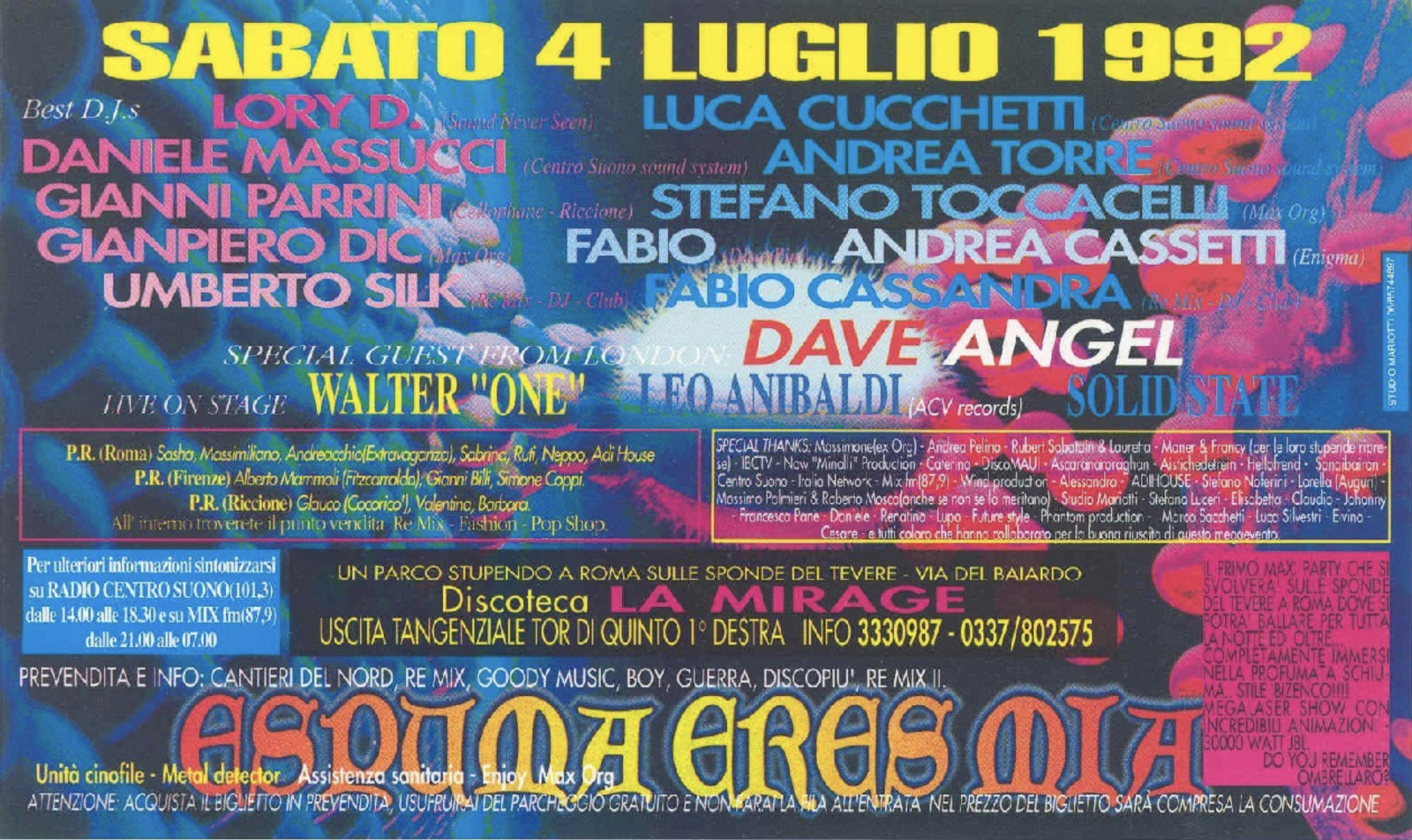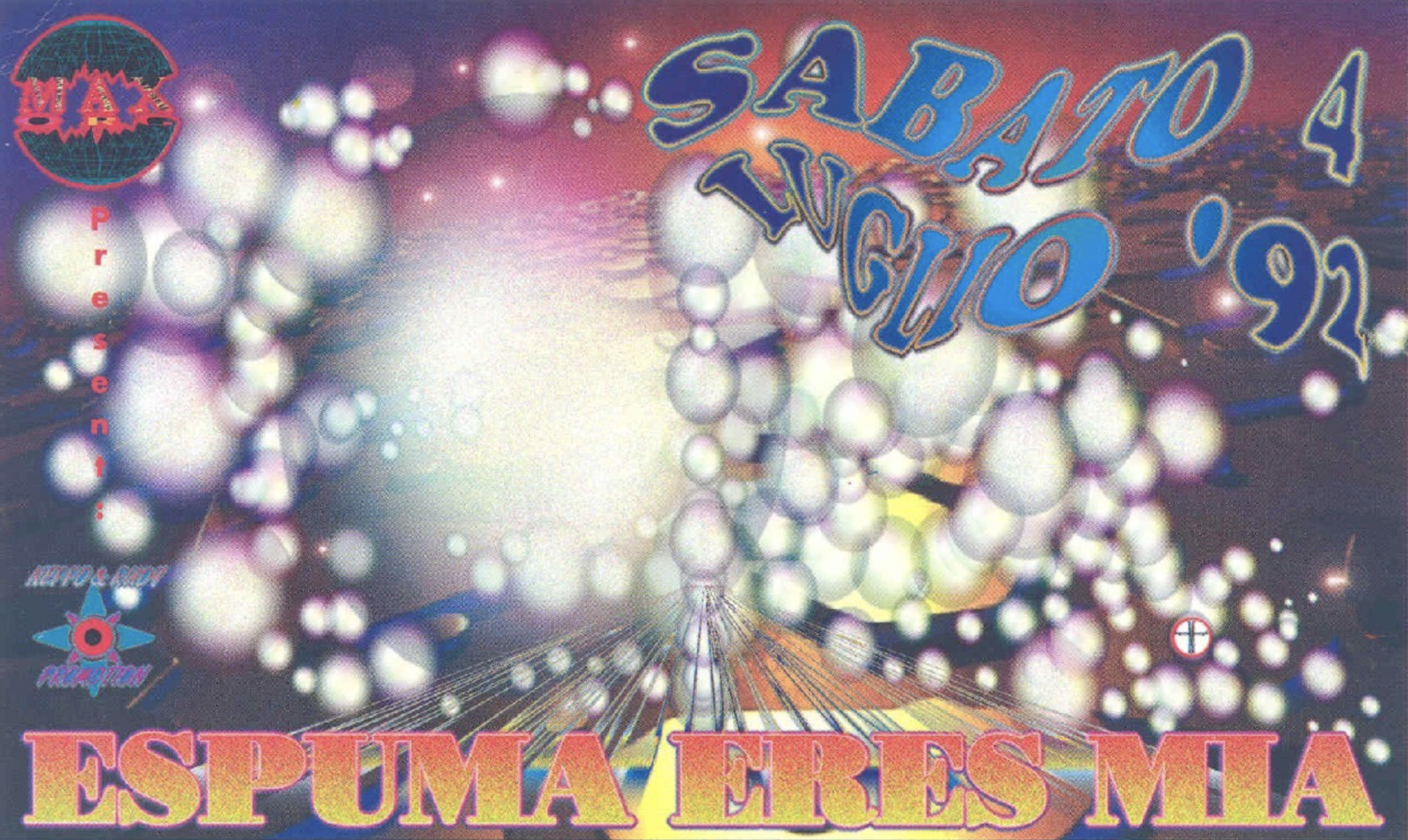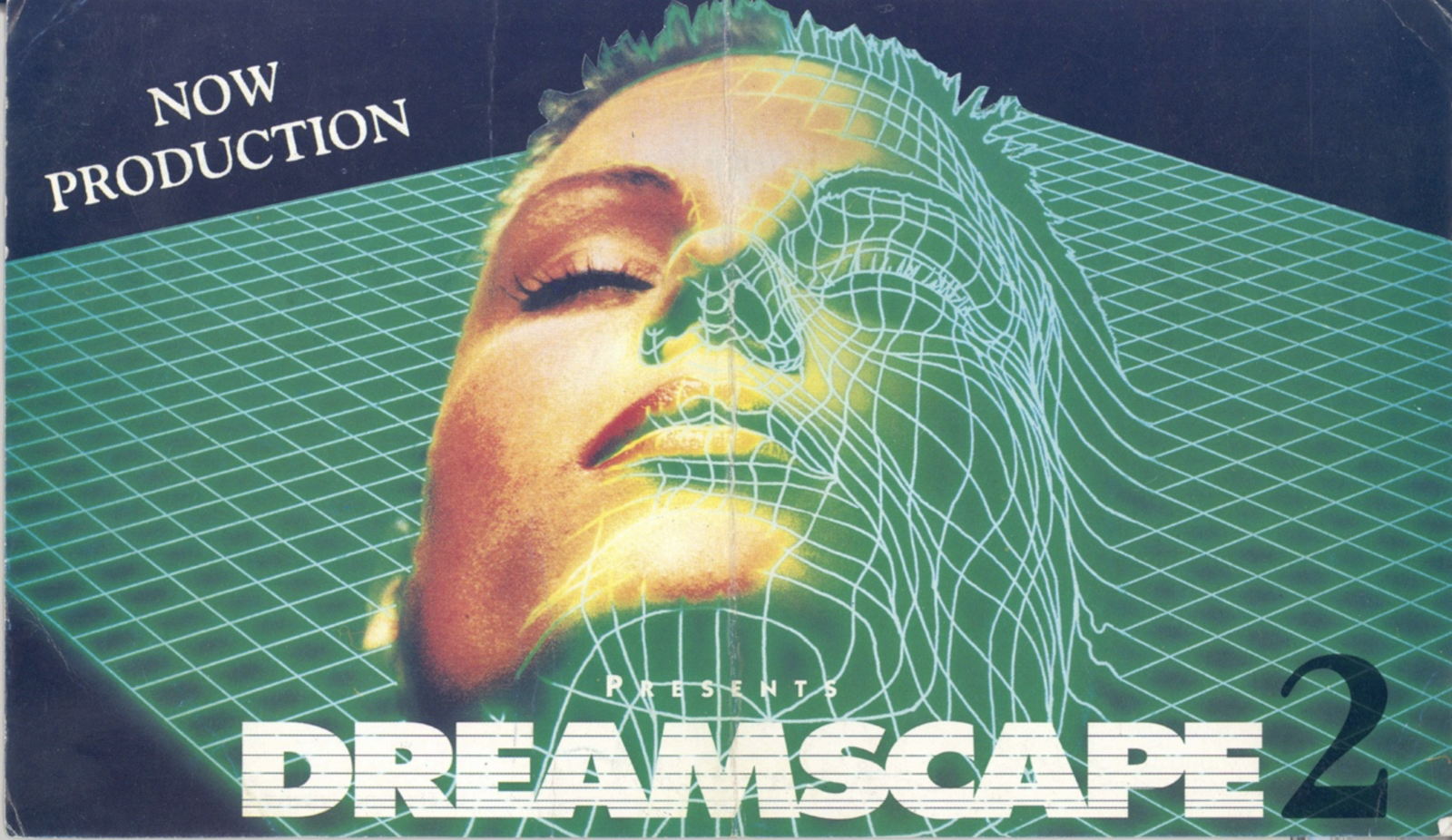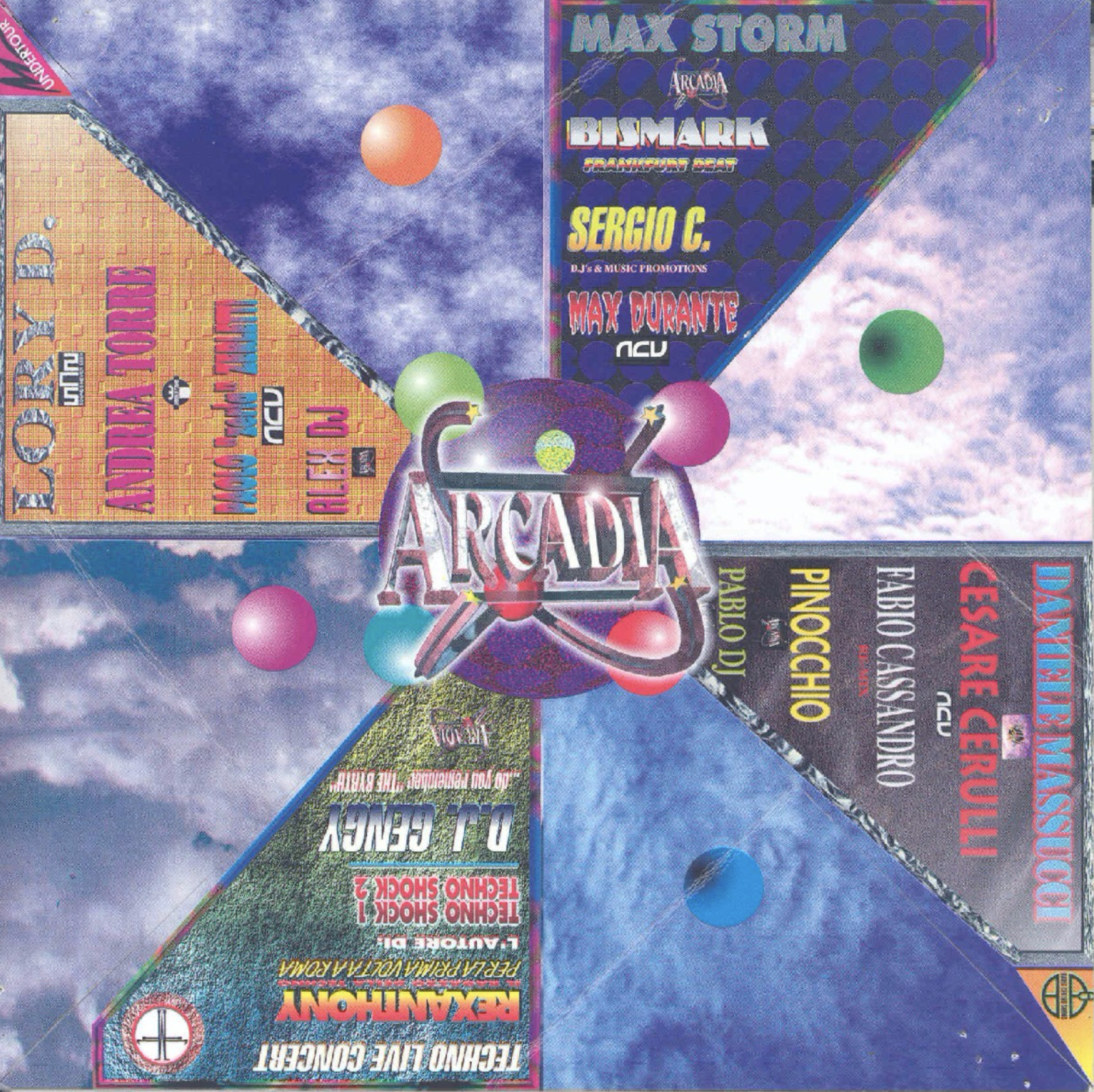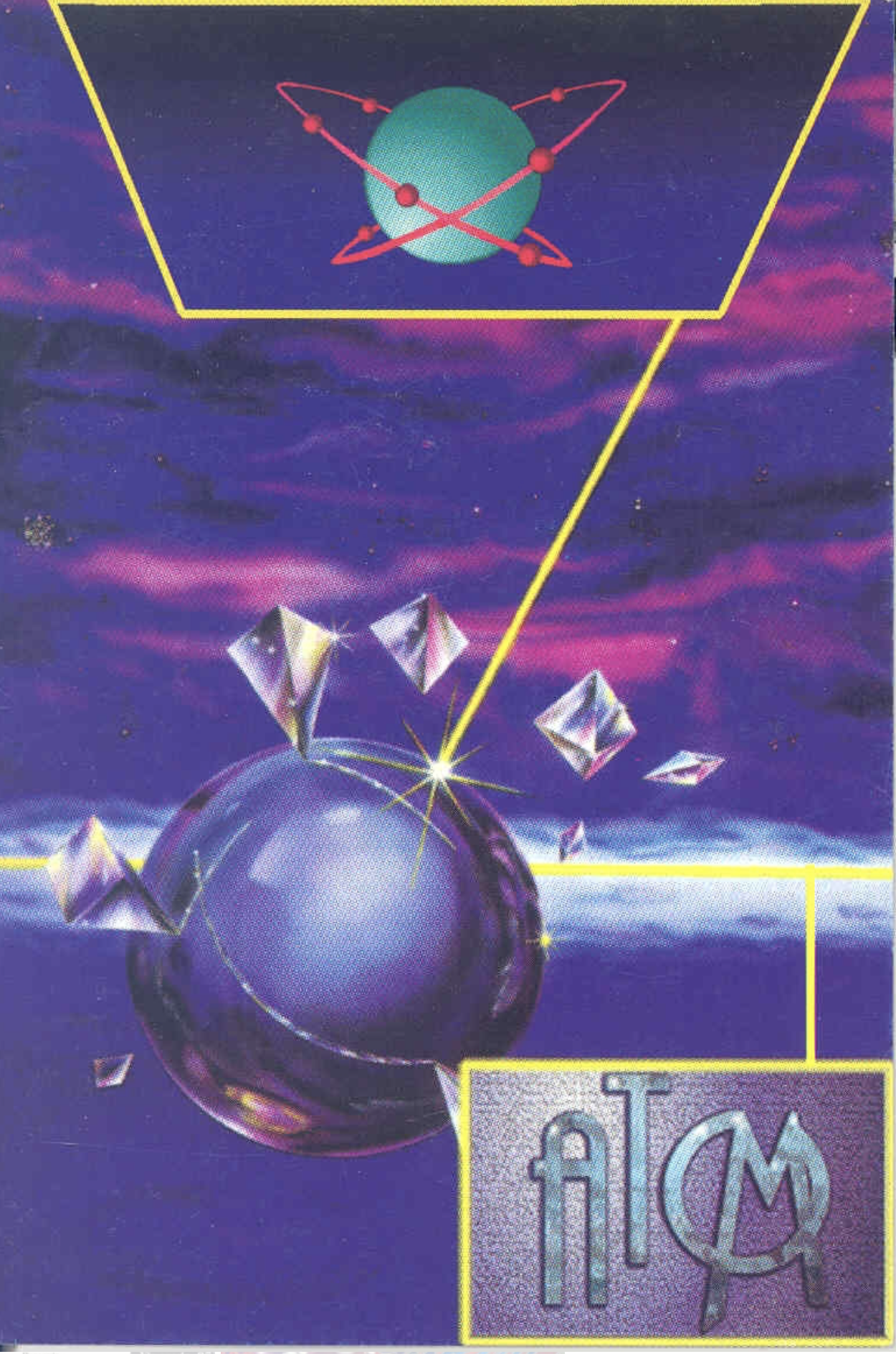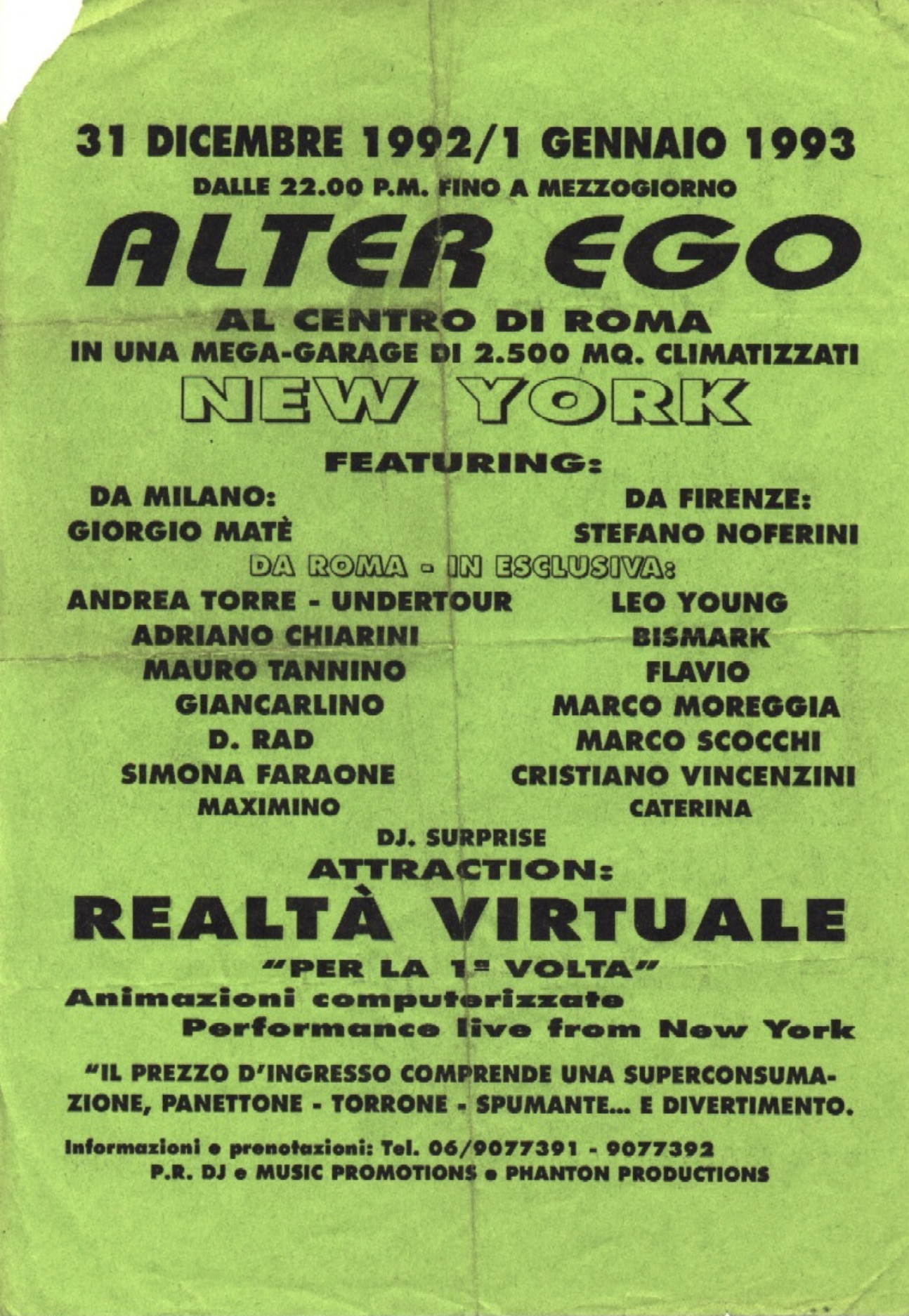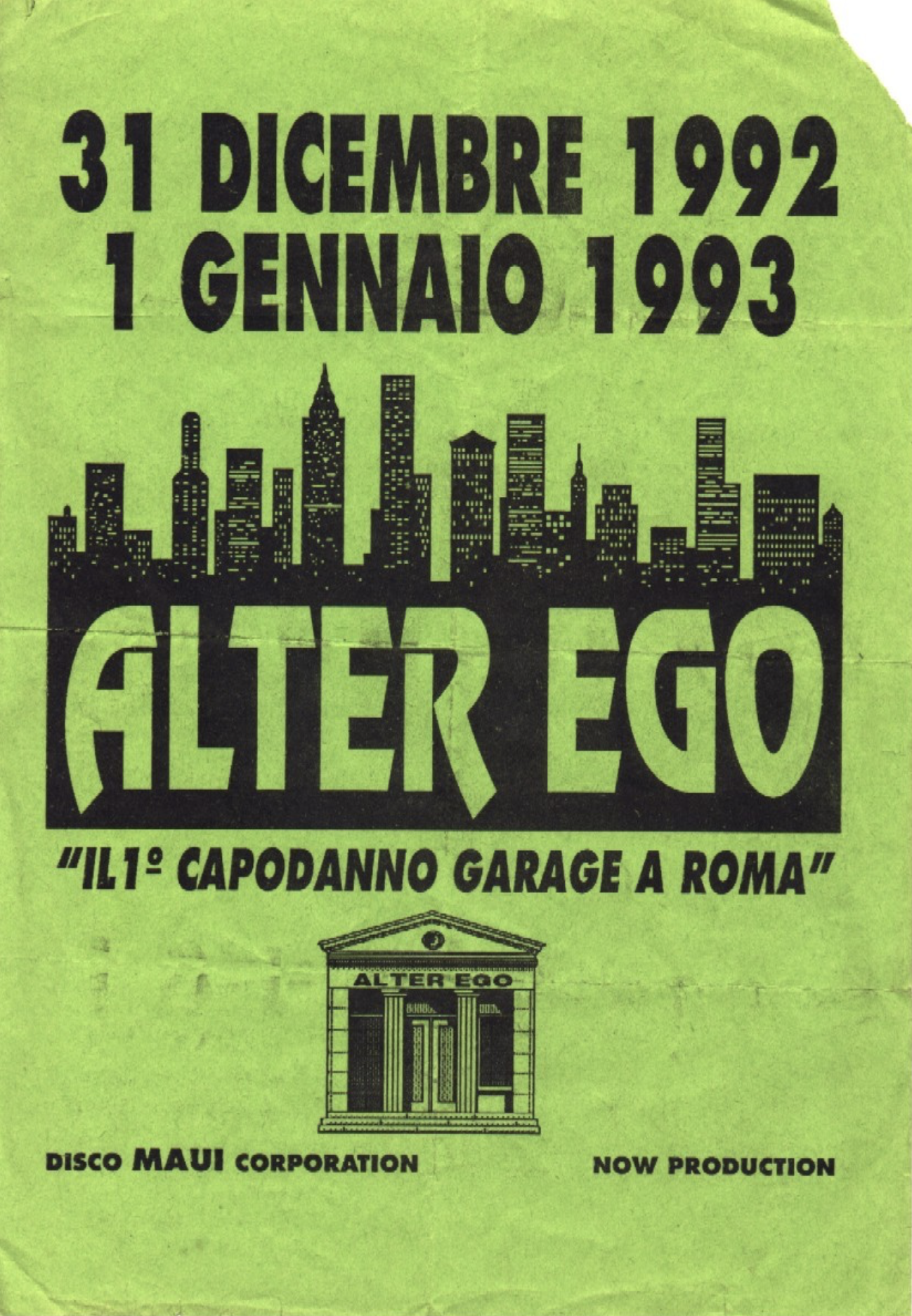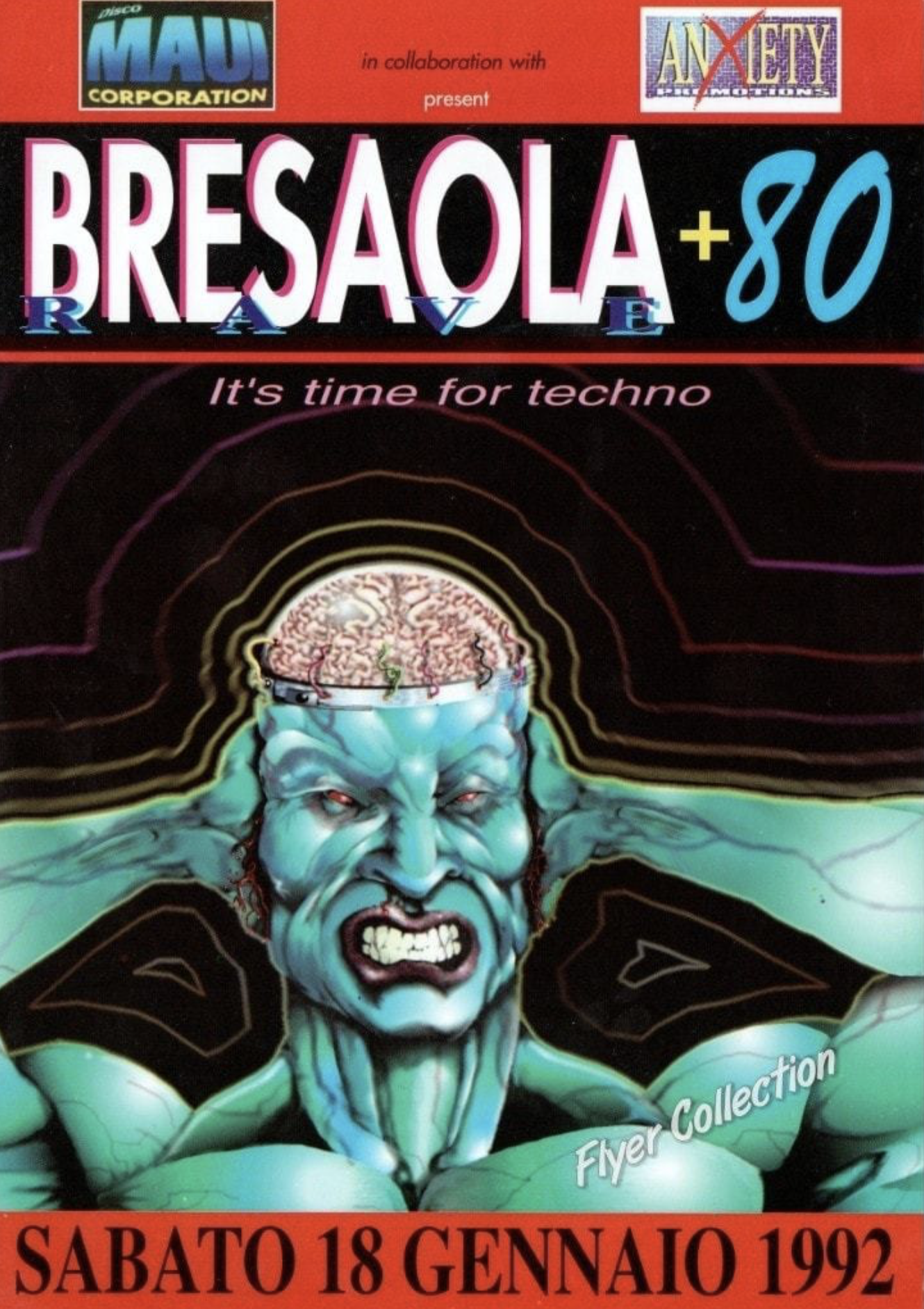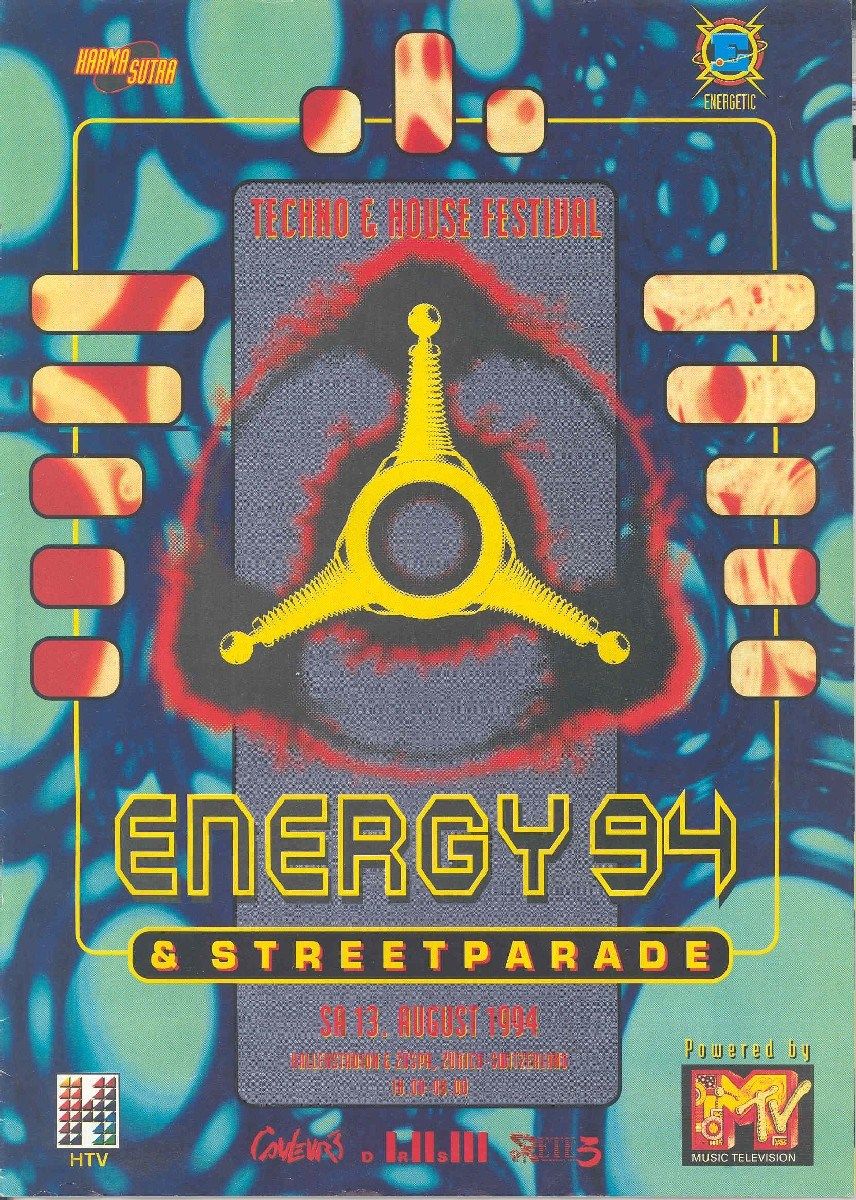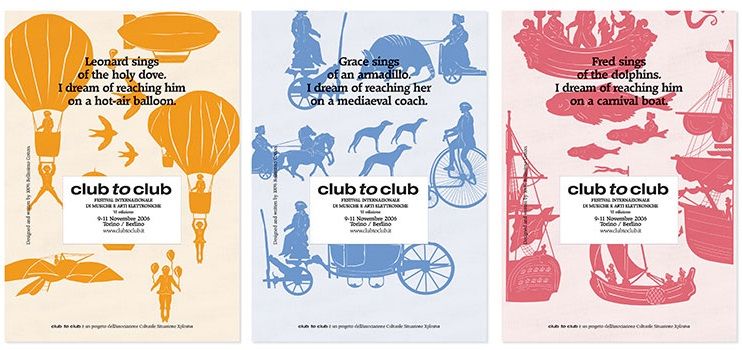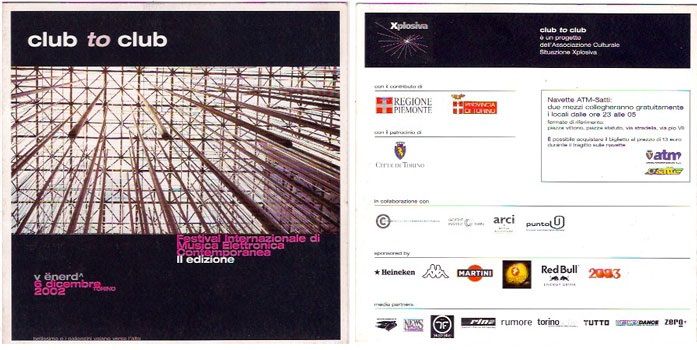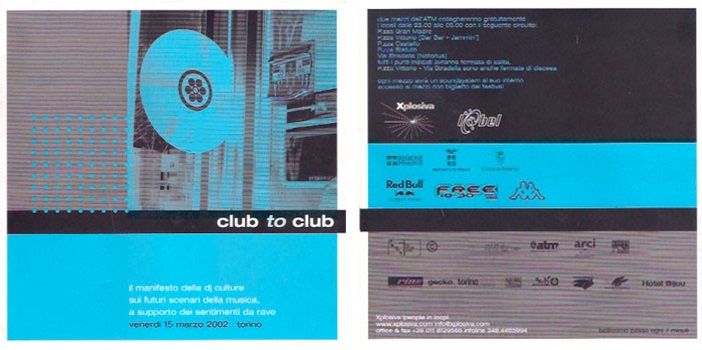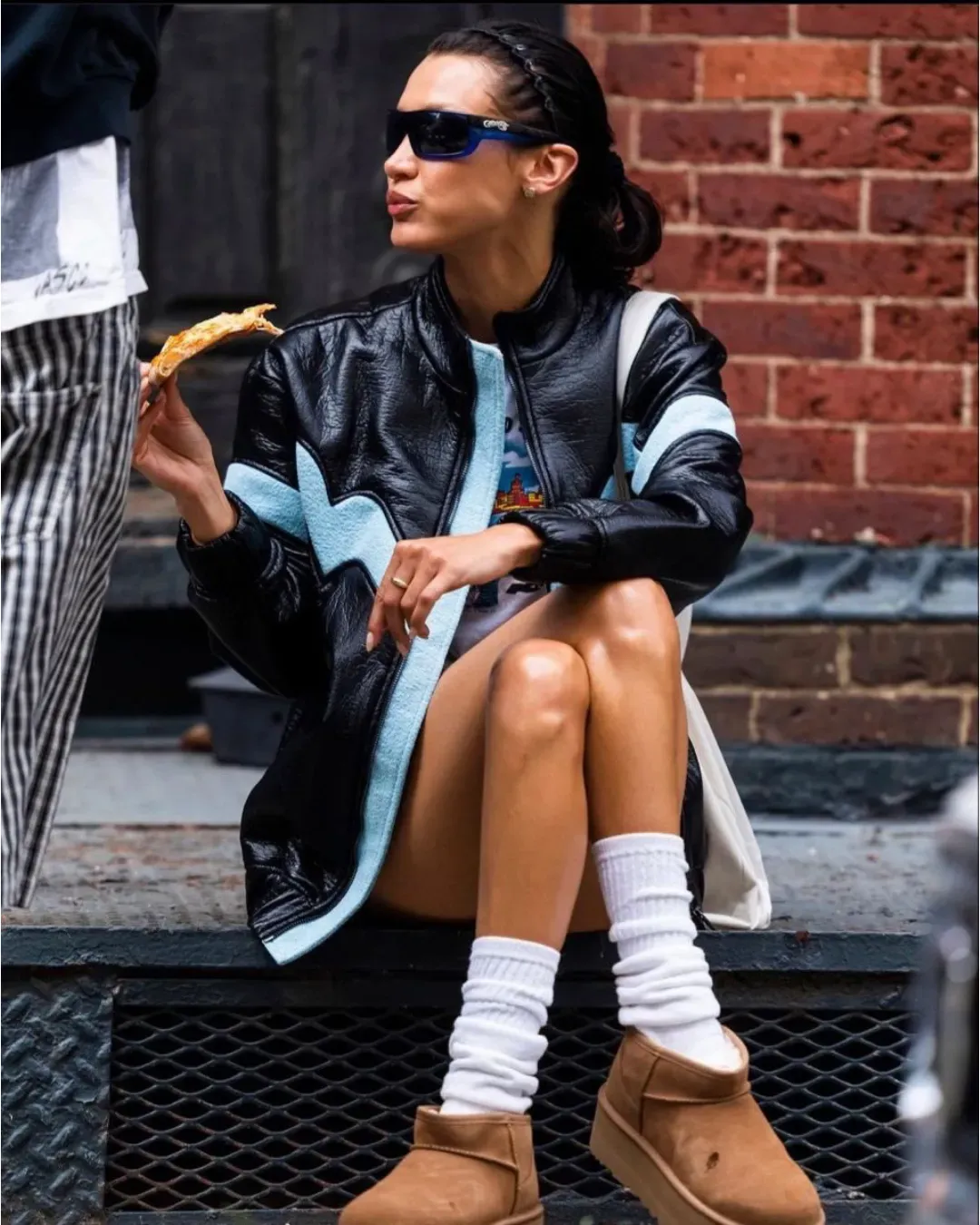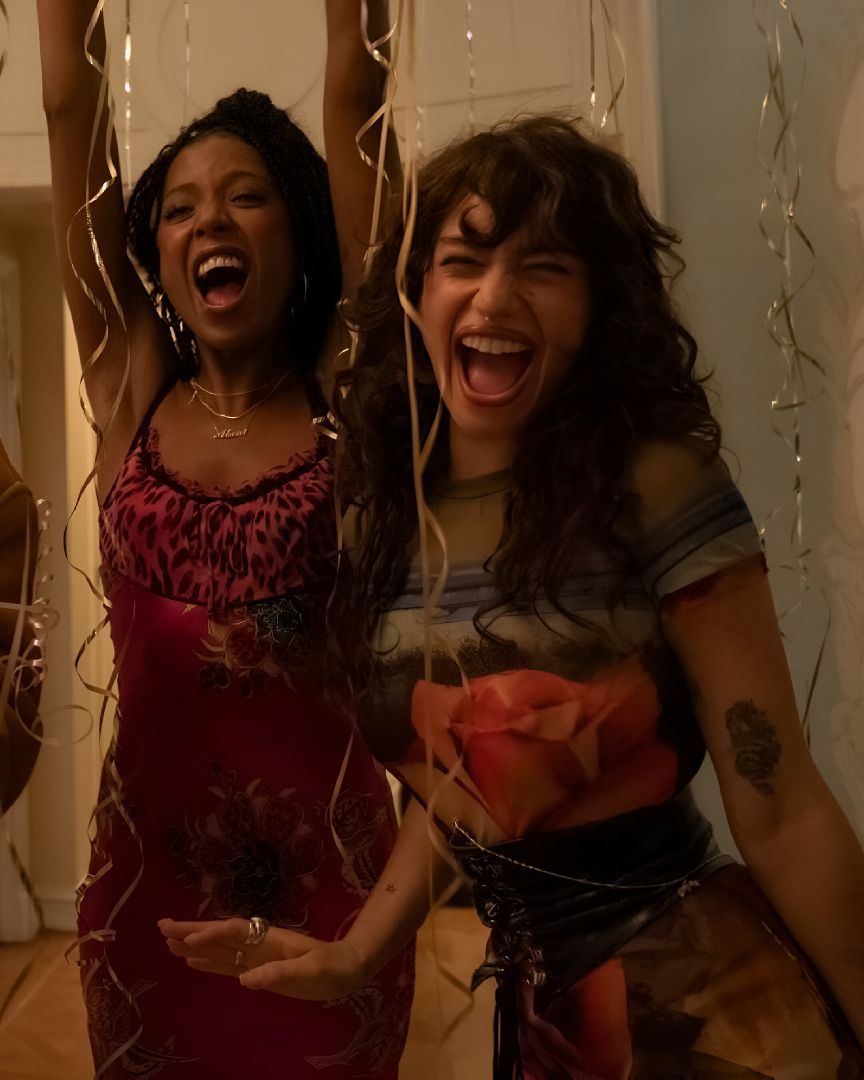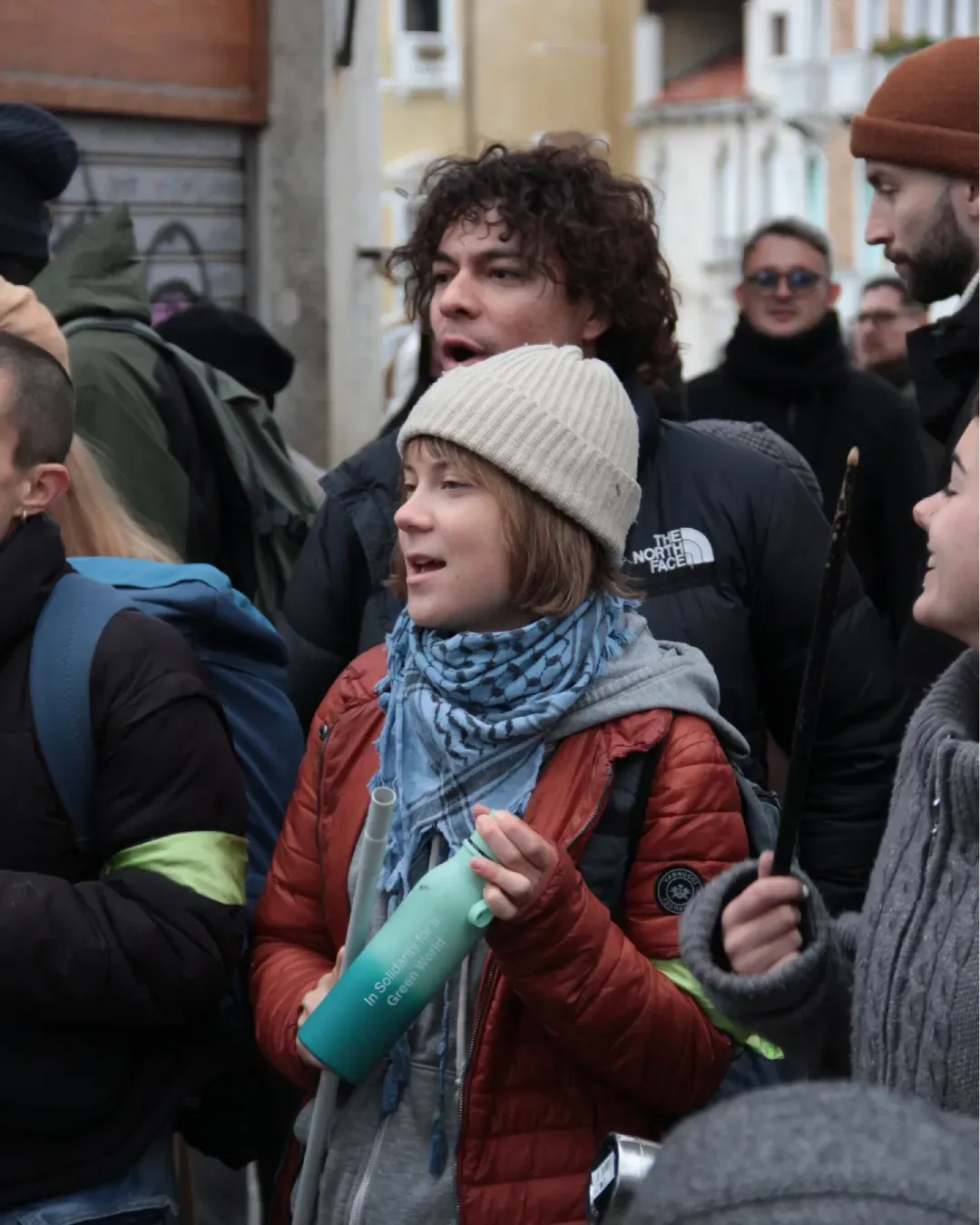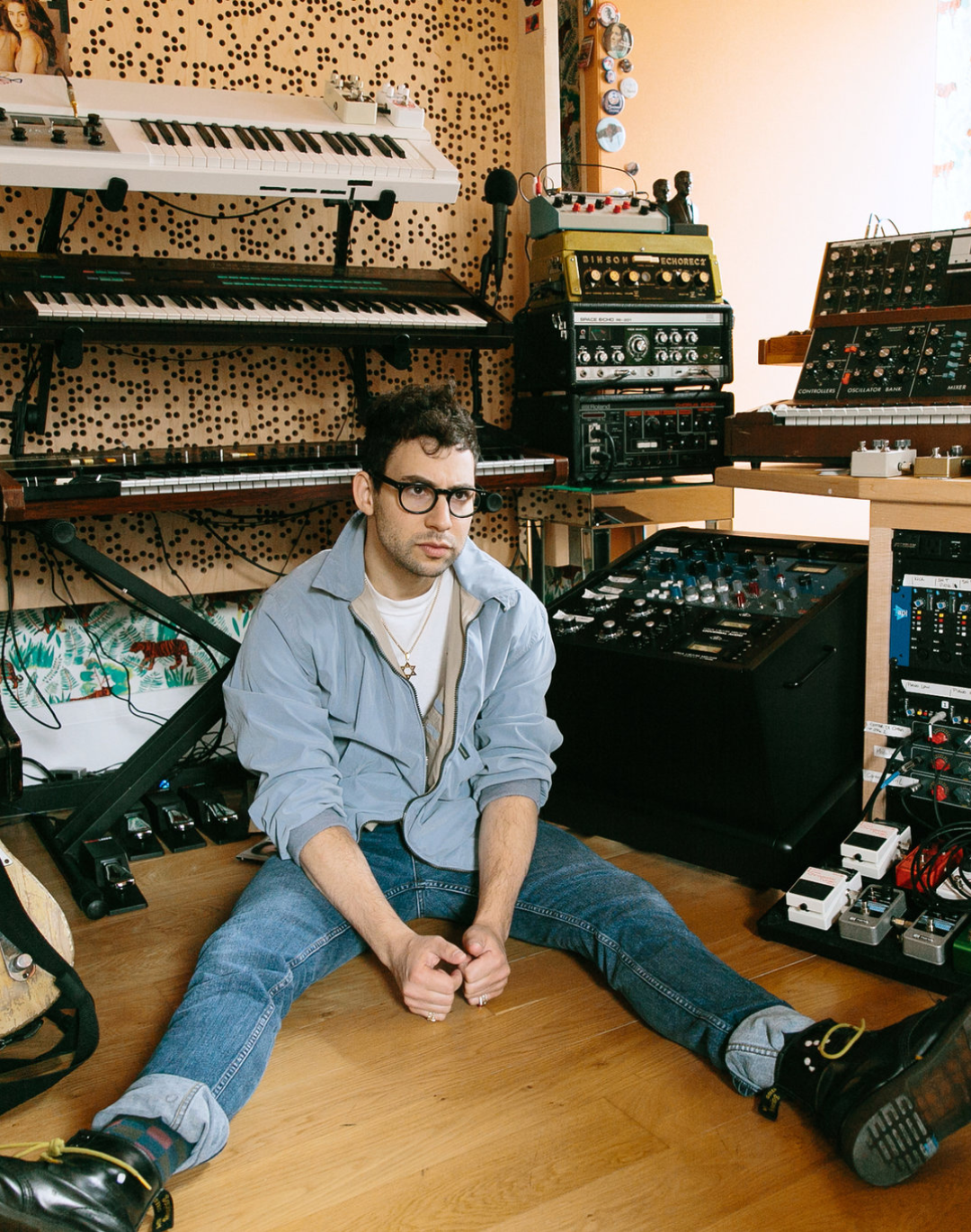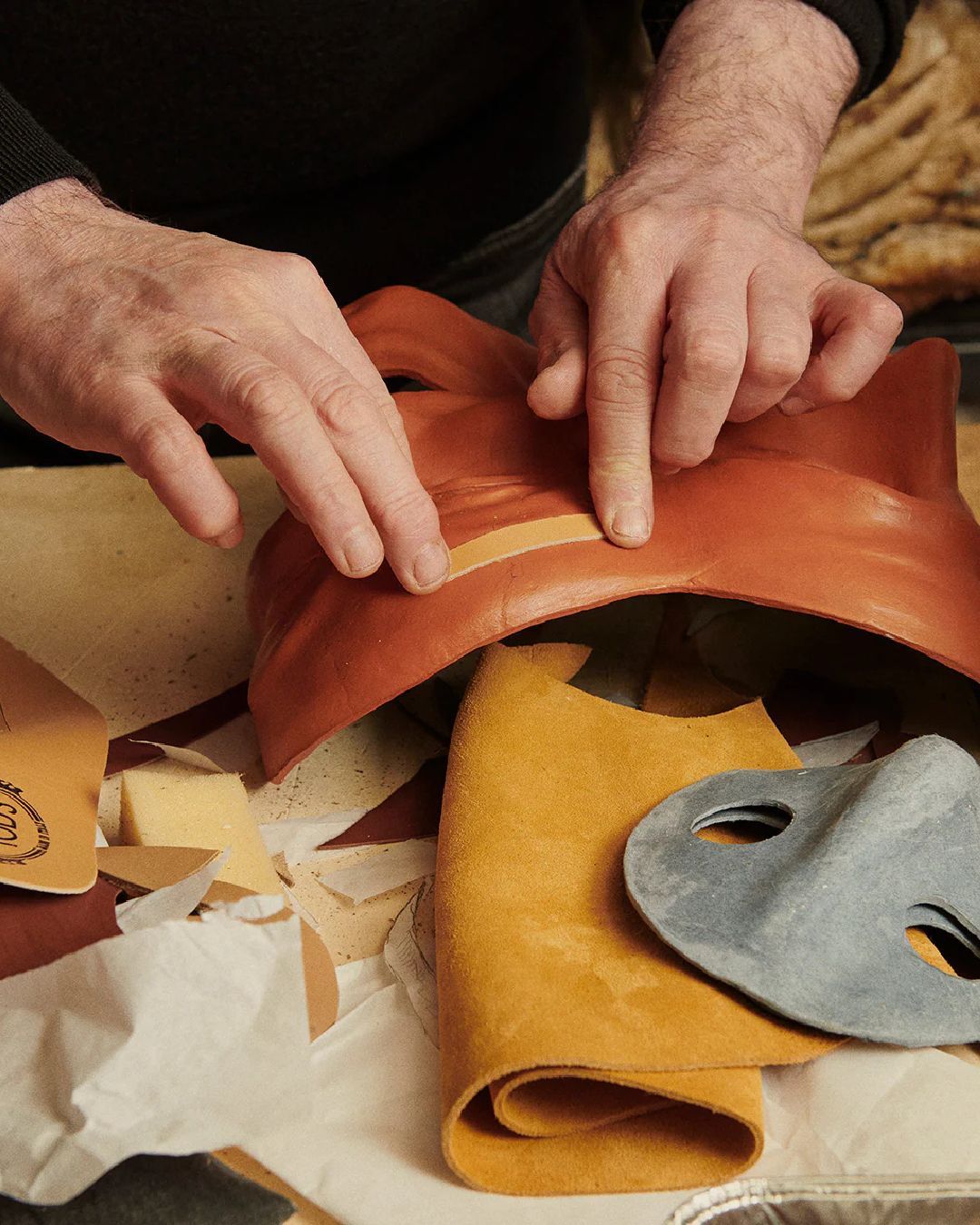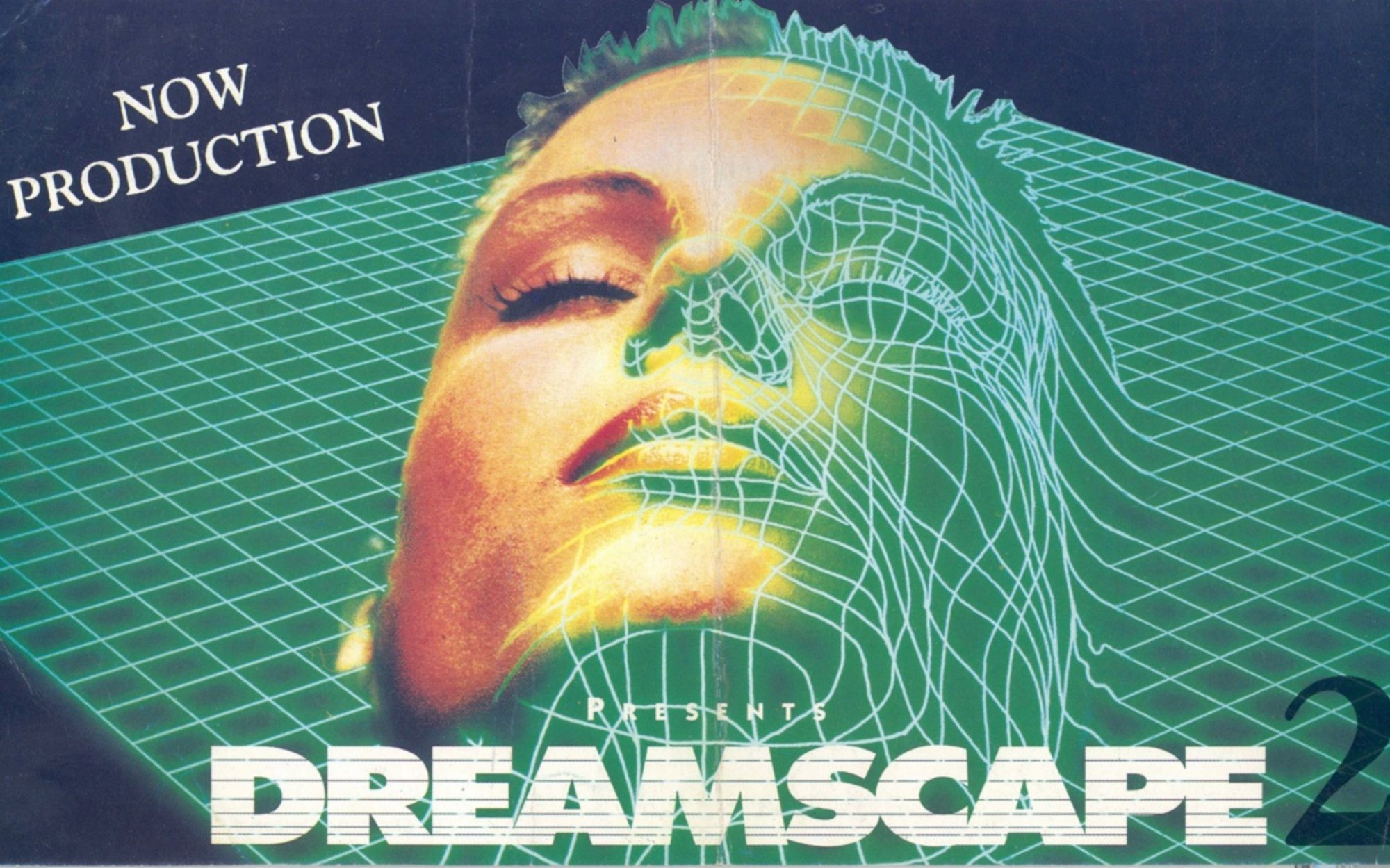
The incredible aesthetics of the Italian 90s flyers Symbol of Italian club culture, the flyers of the locals invited Italy to the most beautiful evenings of the pre-Instagram era
According to the Cambridge Dictionary, the English noun flyer literally means «a small piece of paper with information on it about a product or event, wich is given to a lot of people». The definition of the term fully describes those pieces that still tell everything aboyt the night life of the 90s and 00s, in our country and beyond, since the posters of the discos served precisely to promote the evenings through evocative graphics and eye-catching. There was a time, in fact, when flyers, posters and paper invitations were the only way to learn about the existence of an event - nothing that the new generations do not know thanks to events such as the Club to Club festivals and all those PR met on the coasts of Salento, but whose importance has been lost over time transforming them into the graphics published on Facebook first and then on Instagram of the various evenings in local clubs – but making him lose that aspect of unbridled creativity that characterized his graphic design twenty years ago.
Symbol of the Italian and international clubbing of the time, the artwork had the role of communicating all the info of the event, from the place to the special guest and the path to reach it, but above all to evoke the spirit at first glance. The result was that these flyers, often the work of anonymous designers, over time became collector's items, witnesses of a vulgar taste in their time but nostalgic in ours and, above all, became a complete manifesto of taste, imagination and self-expression not only of their era but of entire generations isolated in time. As shown by an article by Jade Wickes published on The Face, in 2021 every aspect of the end of the millennium has been rediscovered, especially on an aesthetic level and this has determined the great return of flyers, in Italy and abroad, not only in clubbing, but in every area of entertainment. DonDA's listening party posters and Raf Simons' collections are just one example.
To realize the flyers of the last '90 and the very first '00 are the first guys who grew up with computers, who to make those flyers in A5 format captivating did not respect aesthetic rules of any kind: it was a type of fantasy without brakes that led to disparate results, but also paradoxically more free and indicative of the taste of their generation. This did not stop the spread of collages, letterings and drawings that kept the DIY effect alive and aroused a strong sense of belonging. The common denominator is the eye-catching factor, but if the covers of the flyers have been the territory of experimentation of various artistic currents, from graffiti to comics and screenprint images, on the back could not miss information such as date, time, street information and special guests – DJs, musical groups, TV characters of Non è la Rai and other programs of those years. Every now and then, finally, small sponsors were inserted.
Before the arrest that affected the discos in the 2000s, the last decade of the '900 represented the moment of maximum splendor for the development of flyers from exclusive parties to social centers, but not everyone knows that the phenomenon originated when, as an article in Il Giornale tells, "the fever of disco music healed Italy from the terror years of Brigate Rosse". The Italian clubbing of the late '60s, already focused a lot on the flyers of the events and continued to do so throughout the following period, during which the clubs of the central north, the Romagna Riviera and the Roman rave culture became a reference model also abroad – a demonstration of all are the flyers born on the cultural scene of Detroit between the late 90s and early 2000s, cultural expressions of a nascent techno culture that conquered the world, both musically and visually.










































